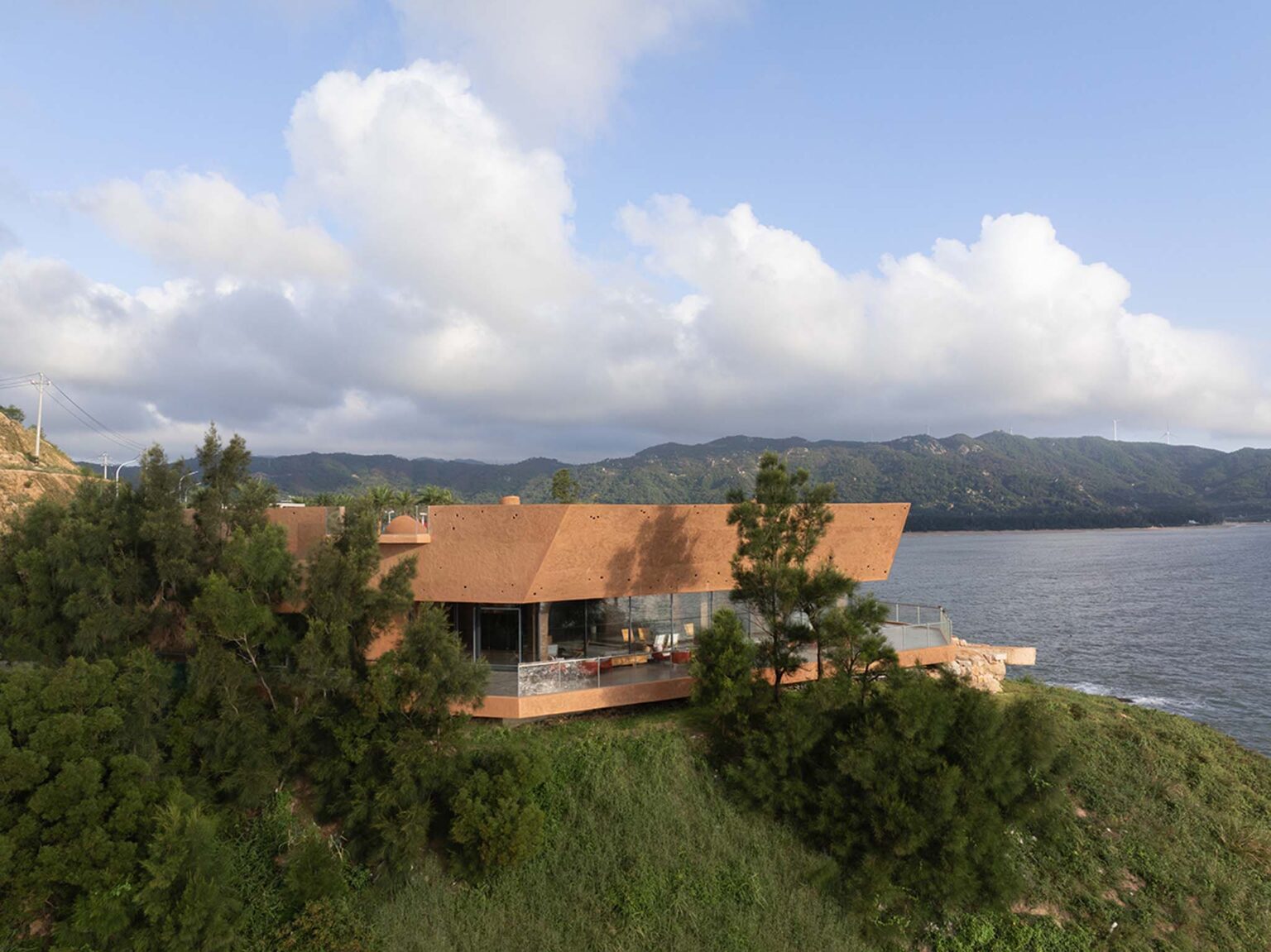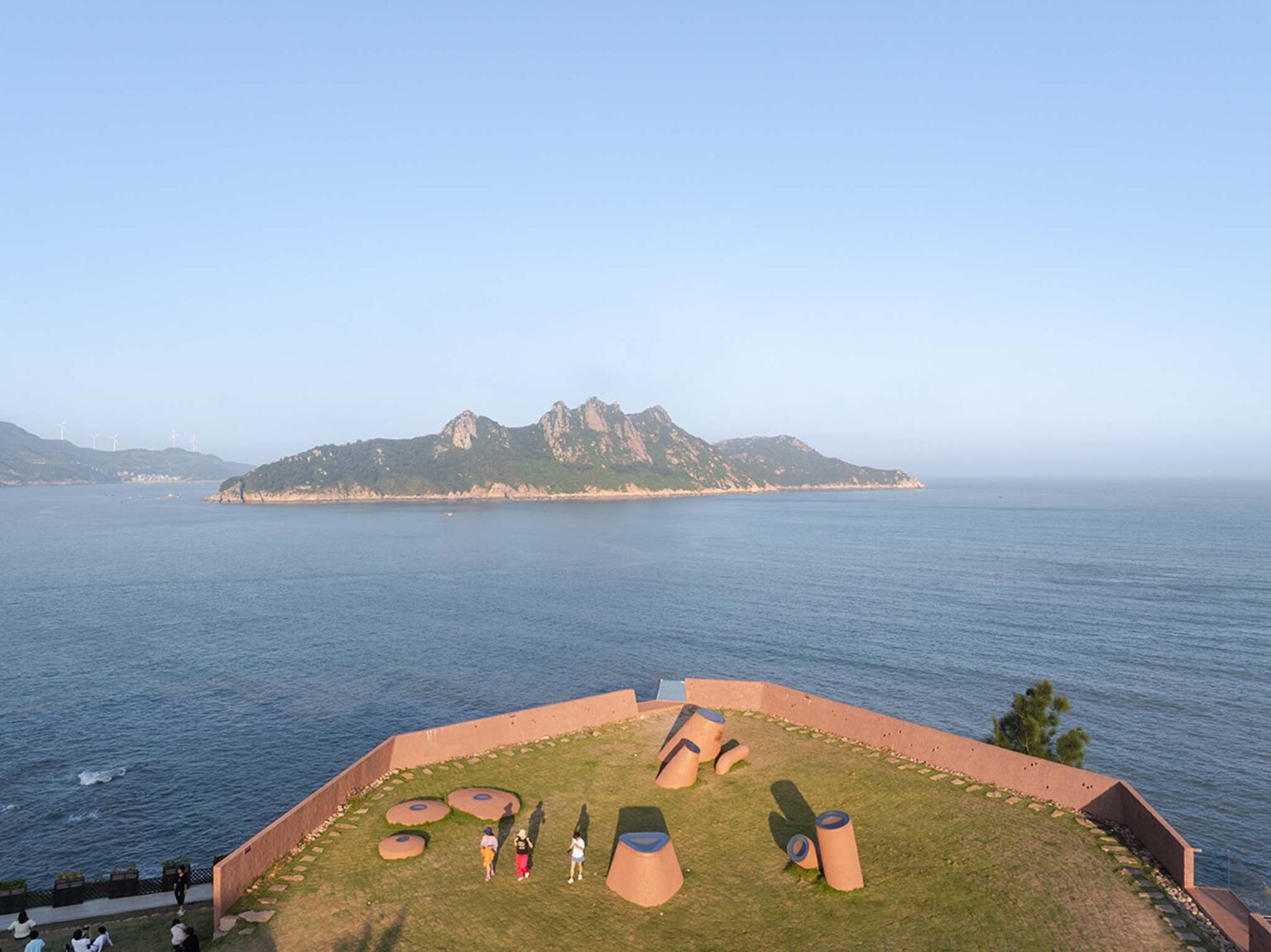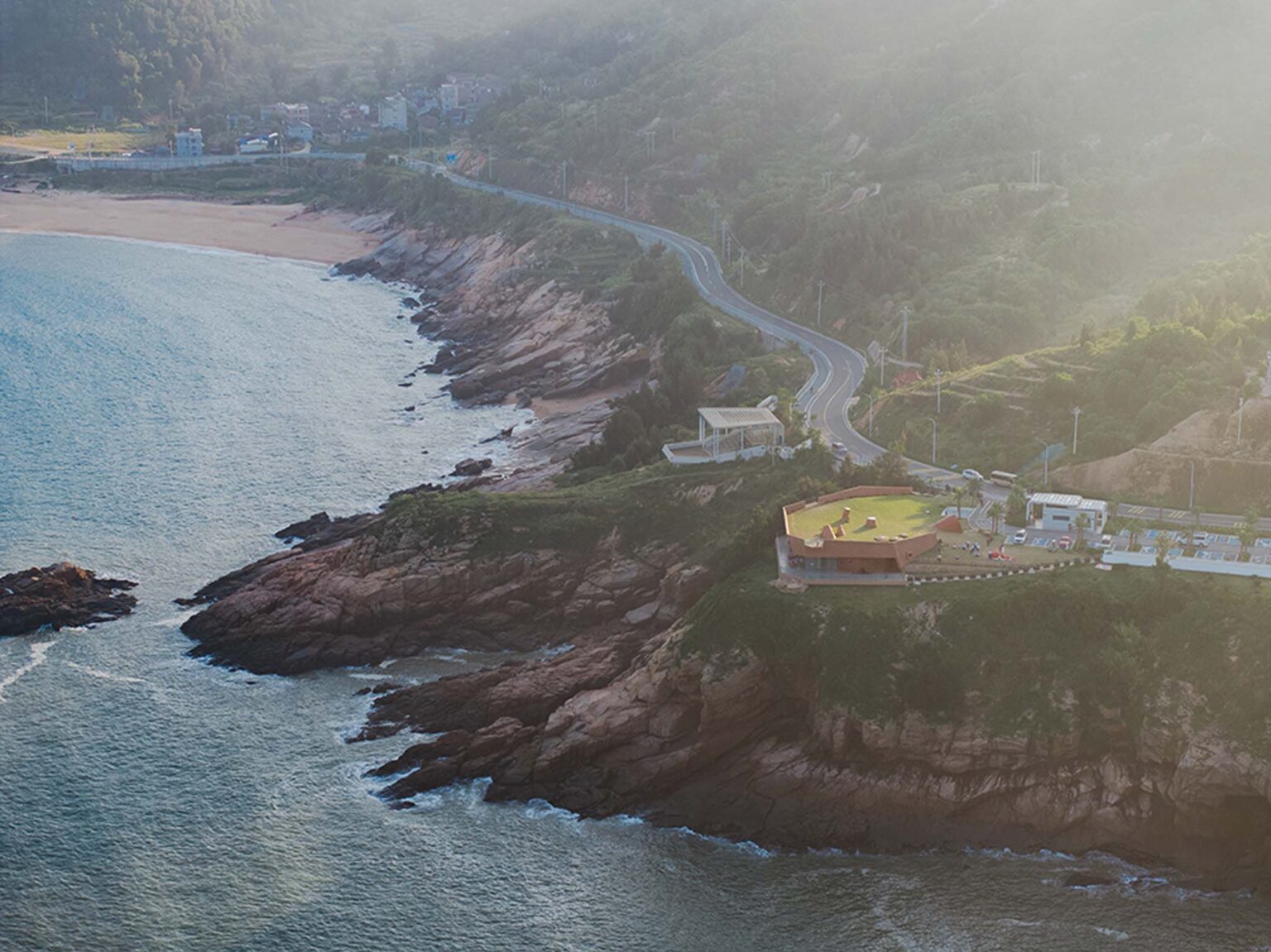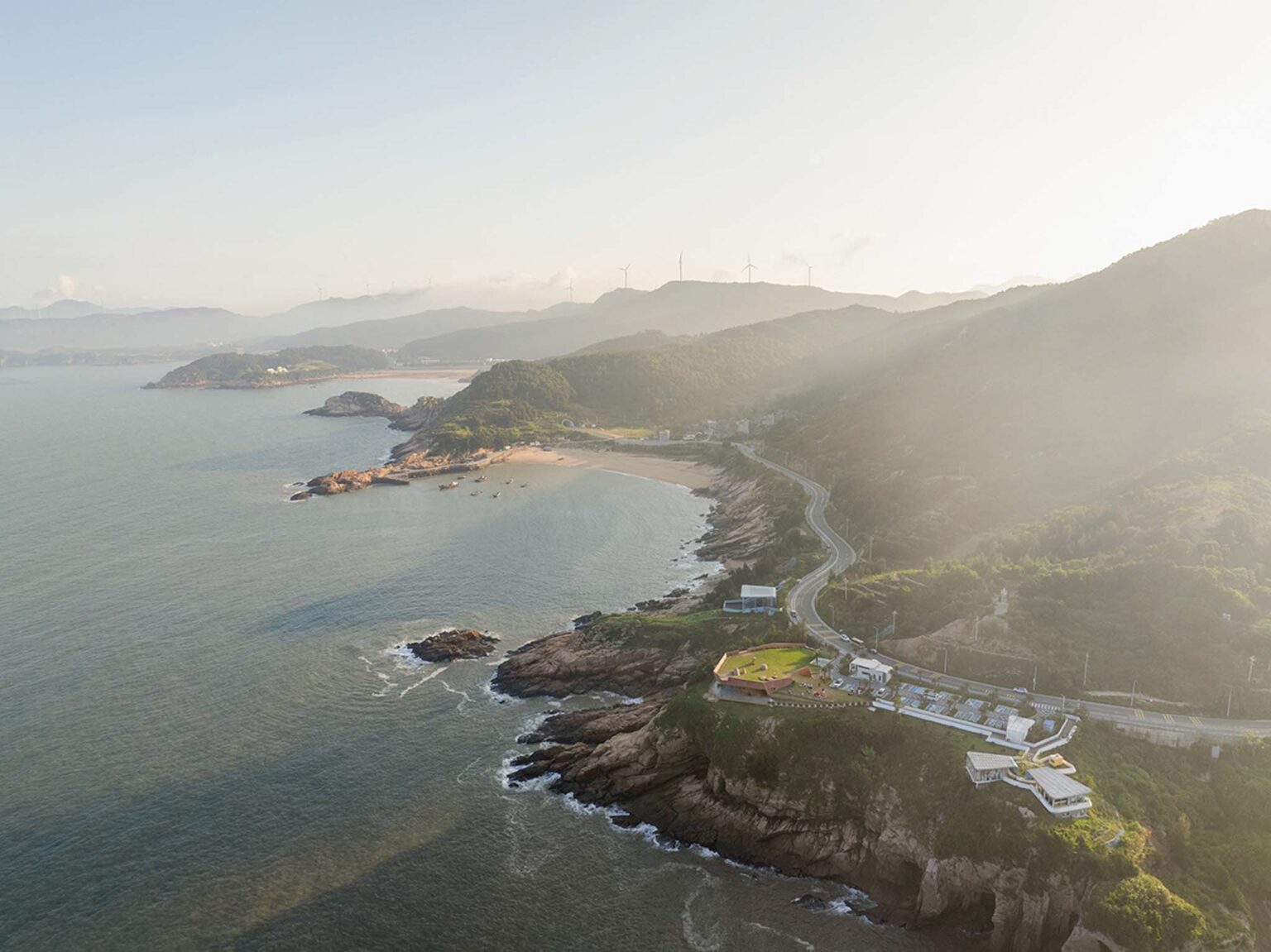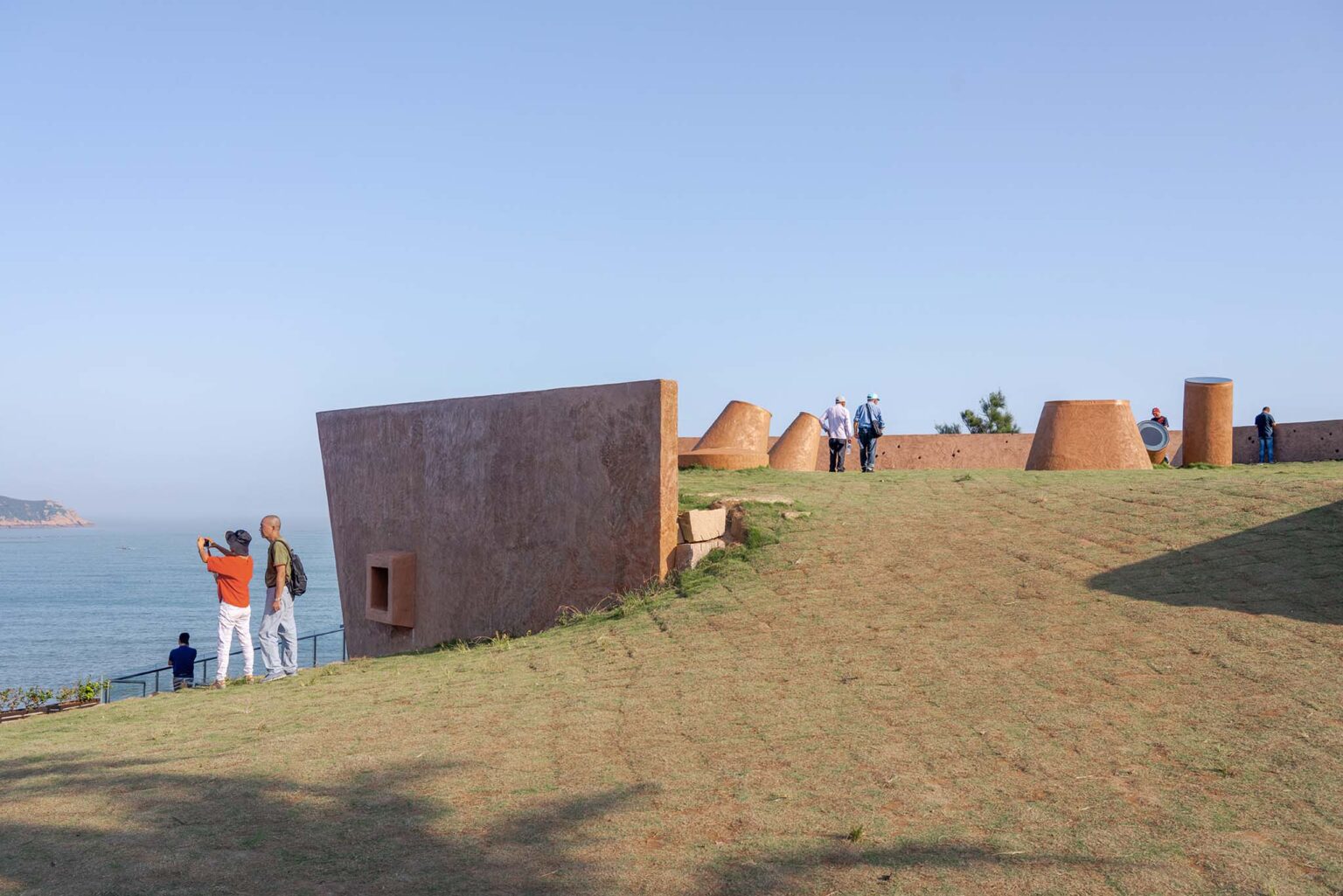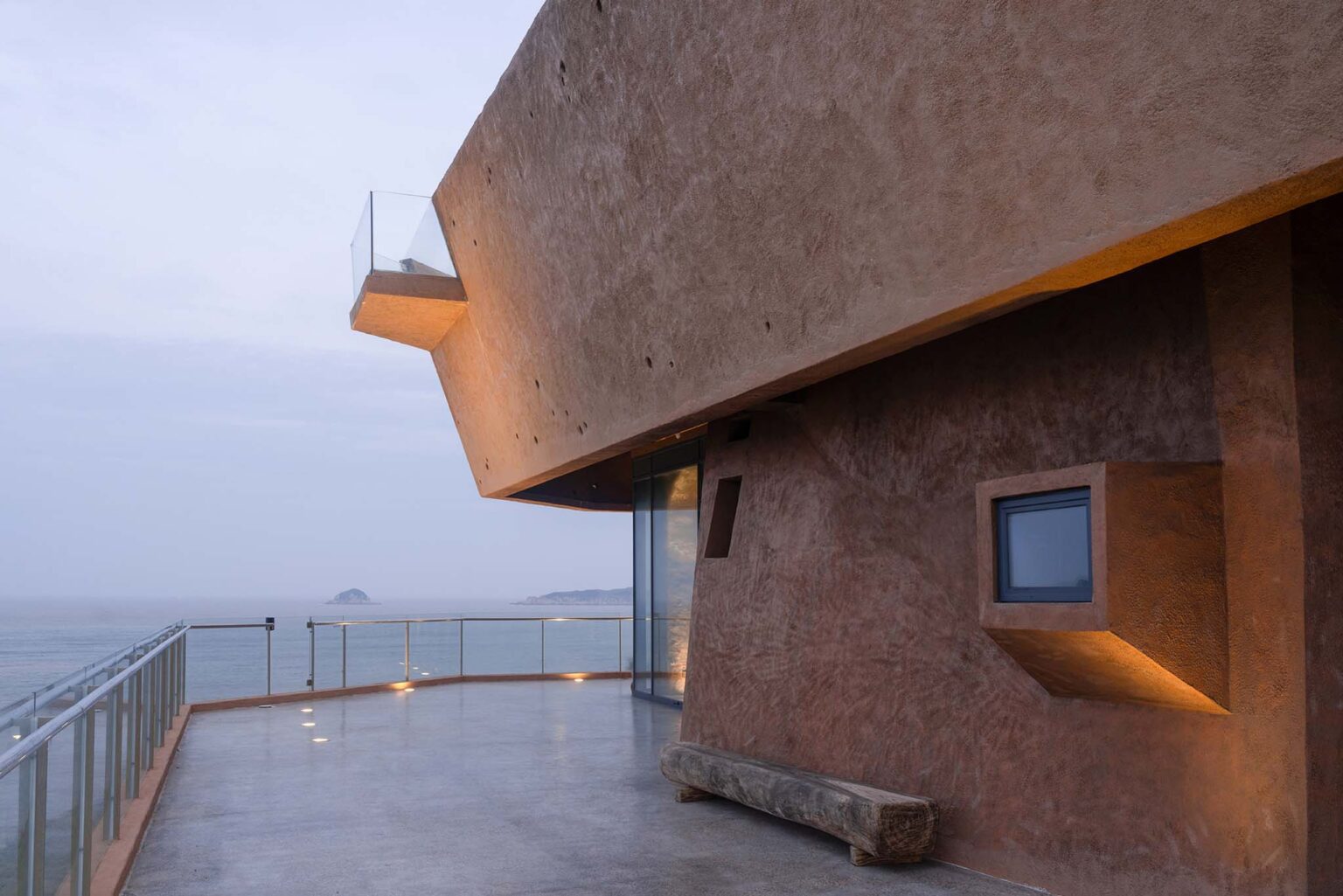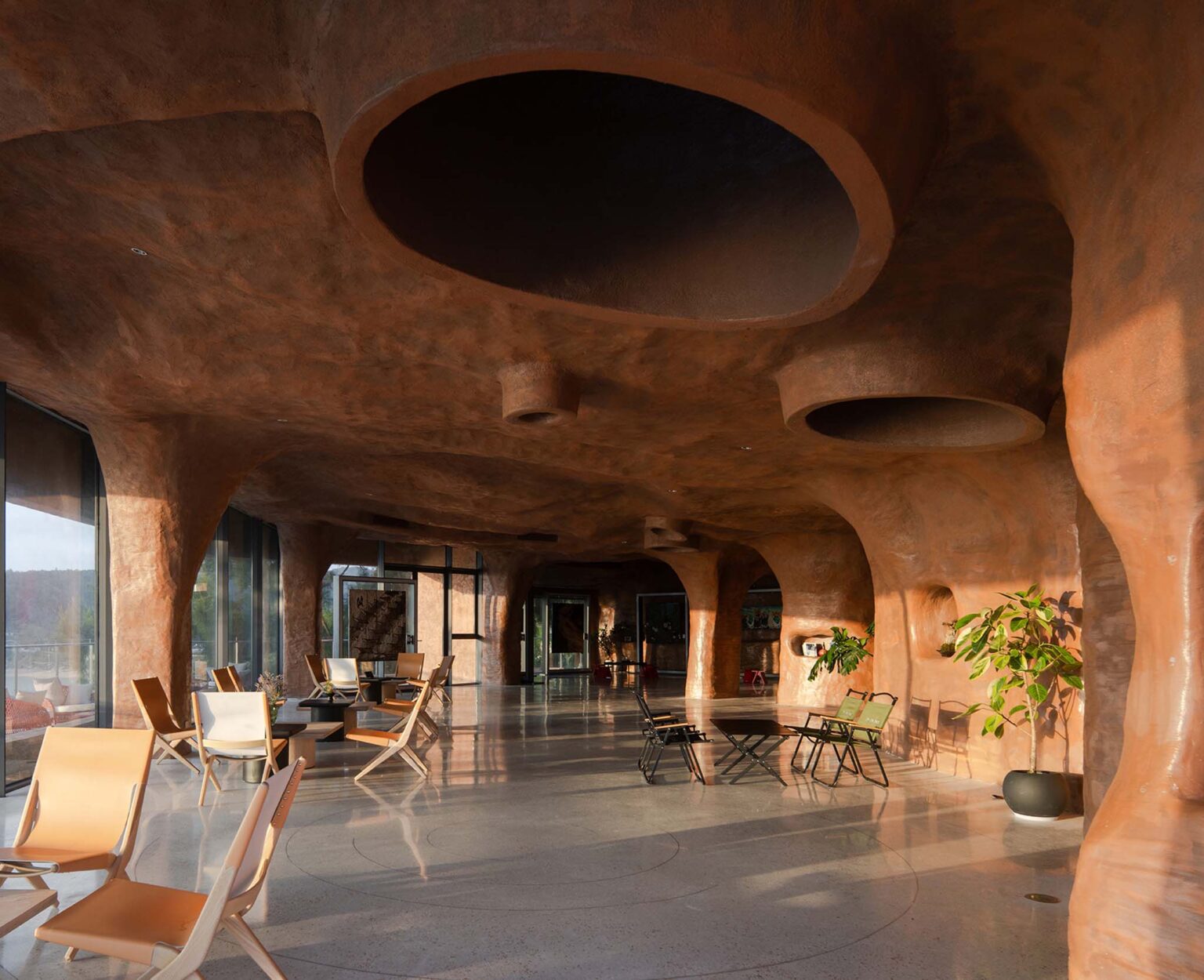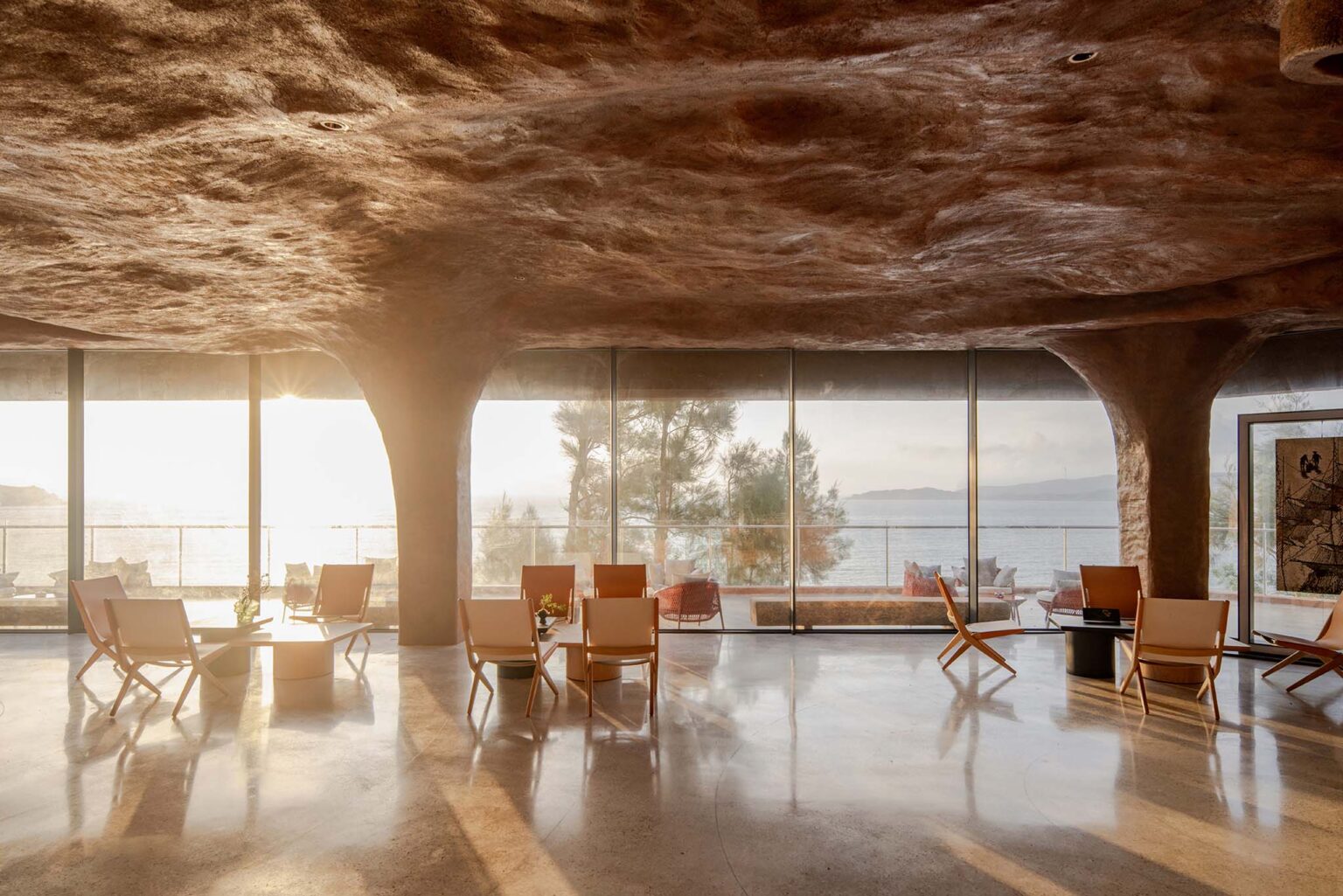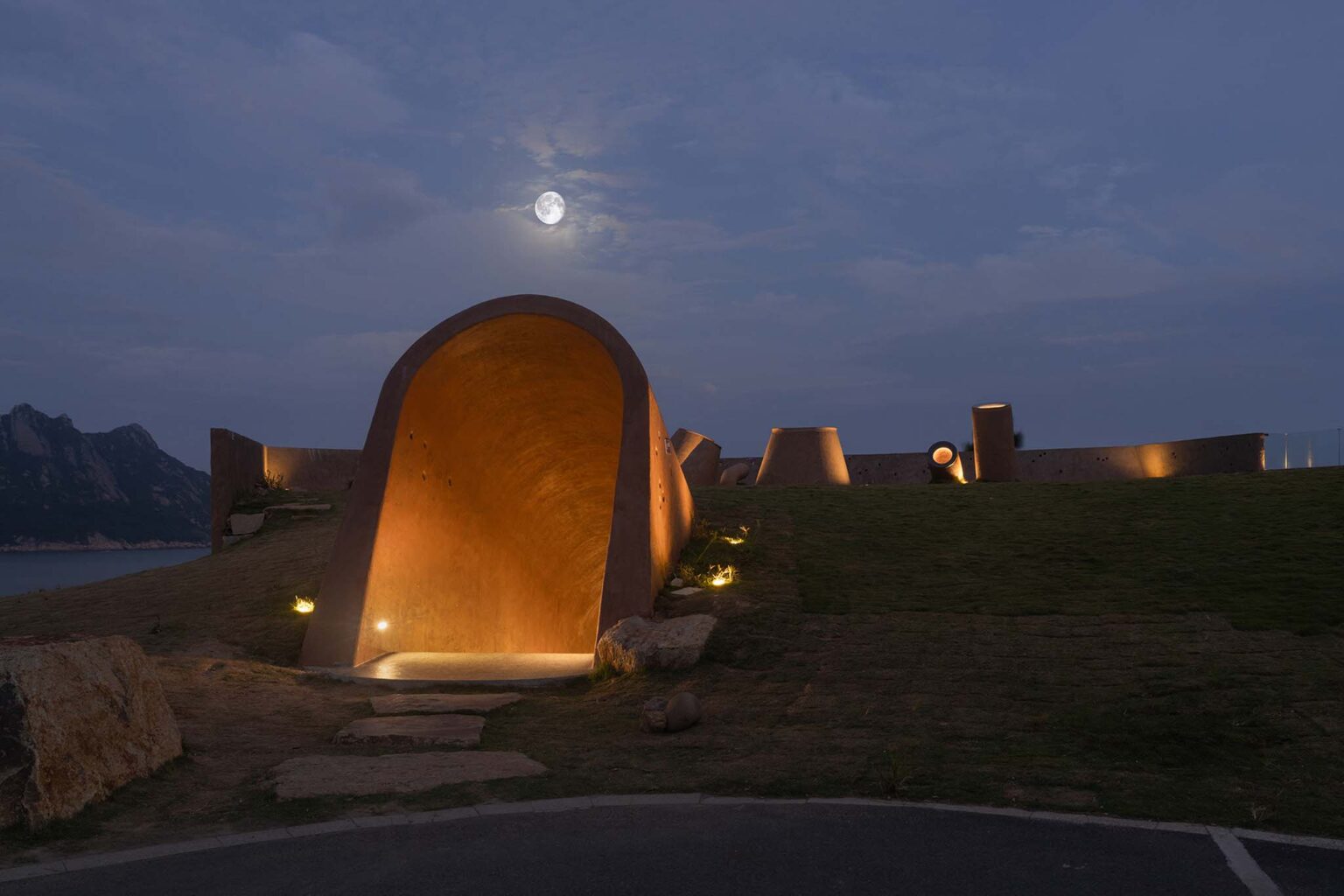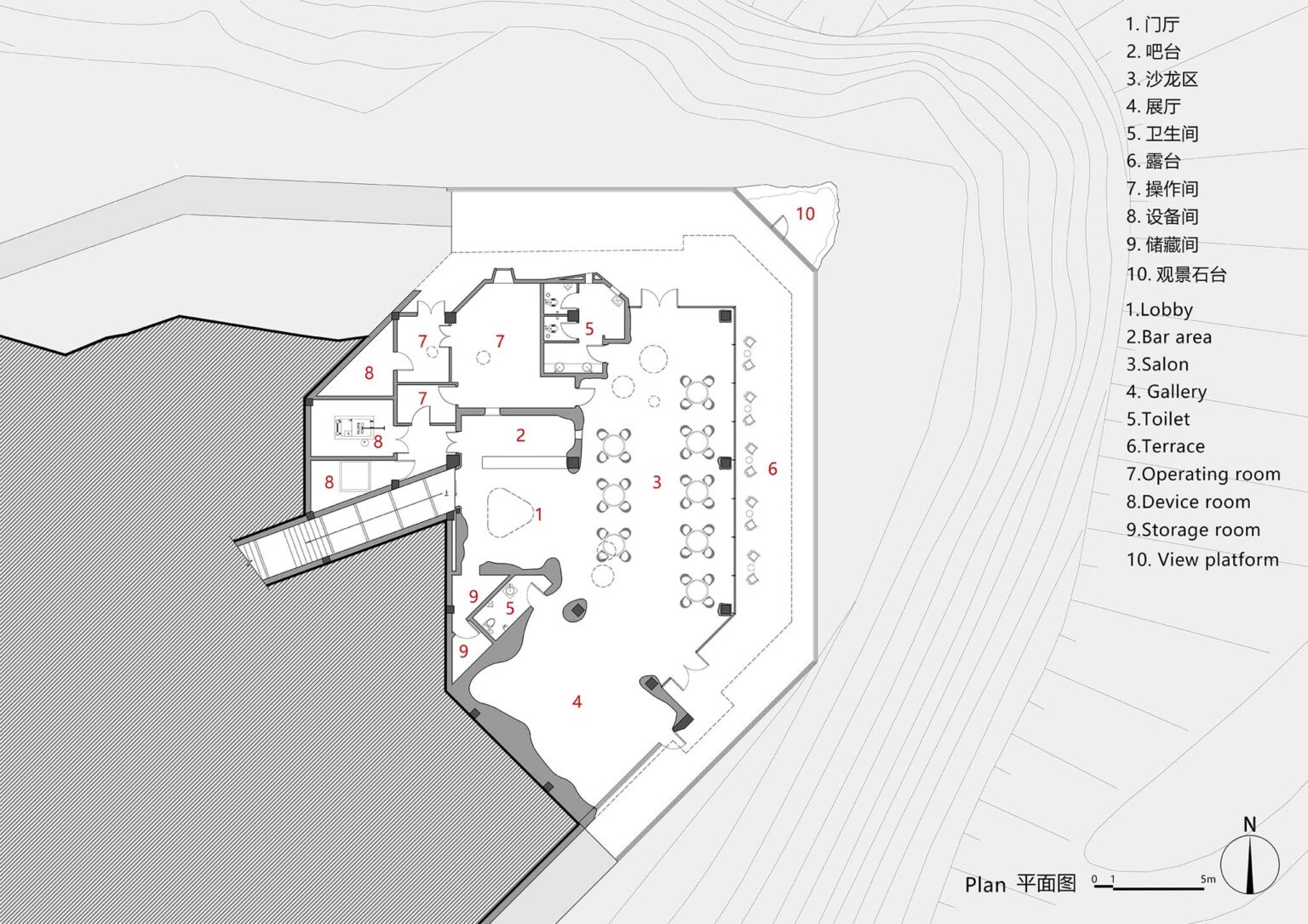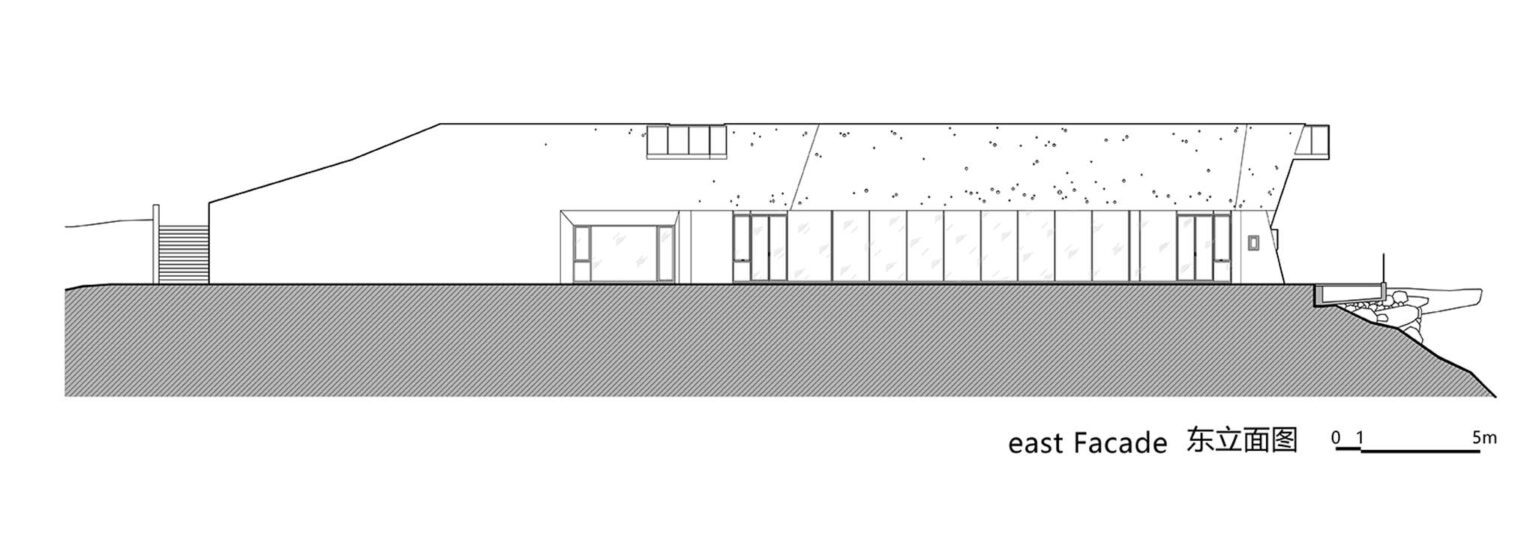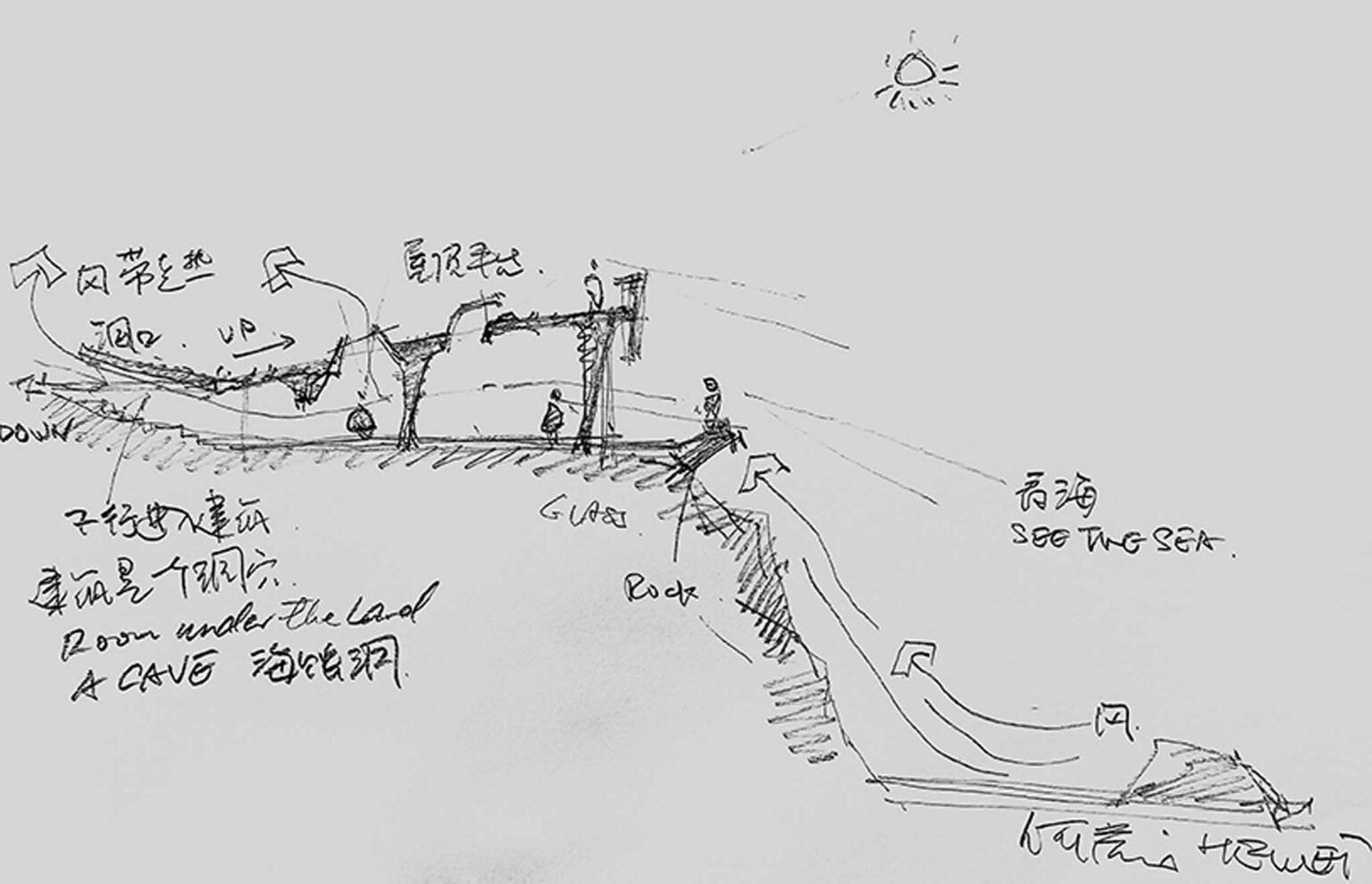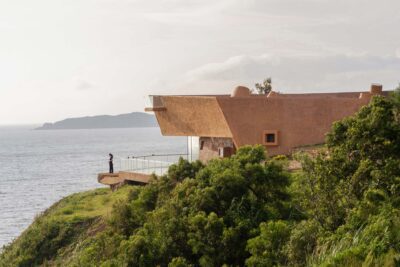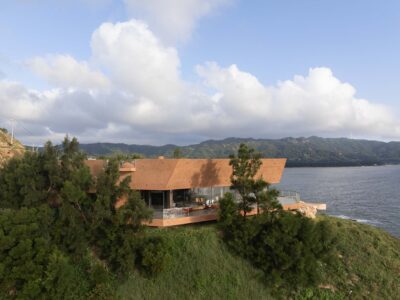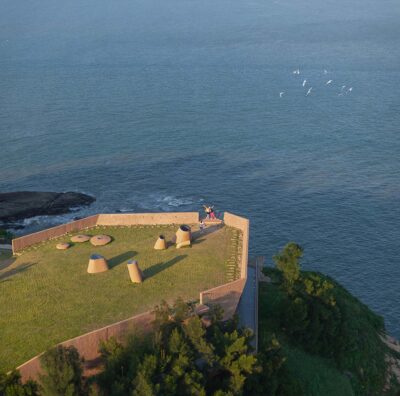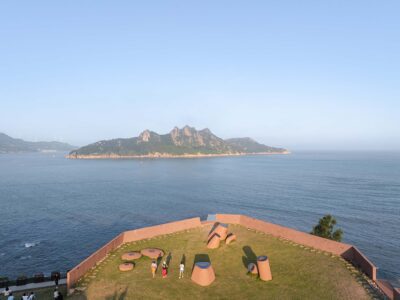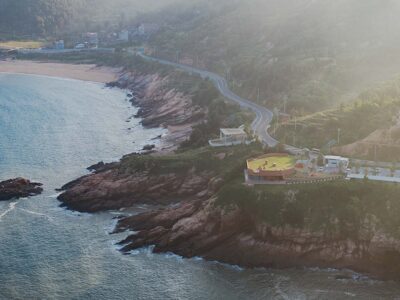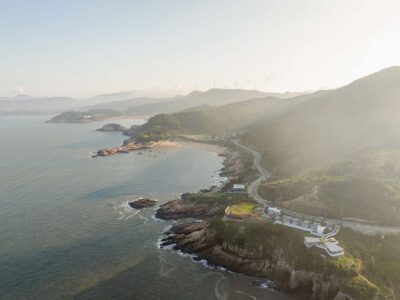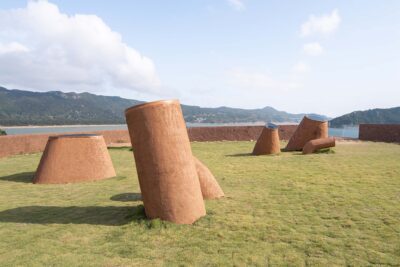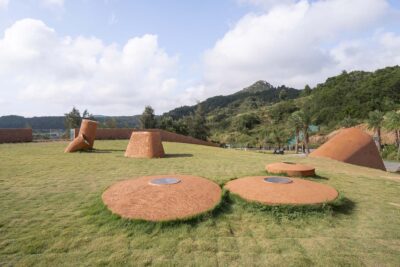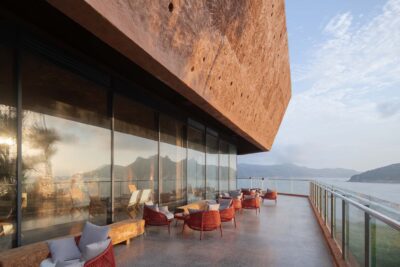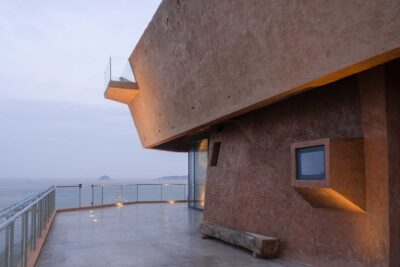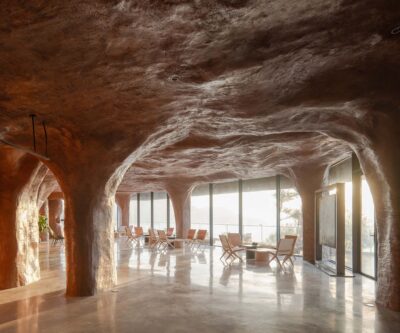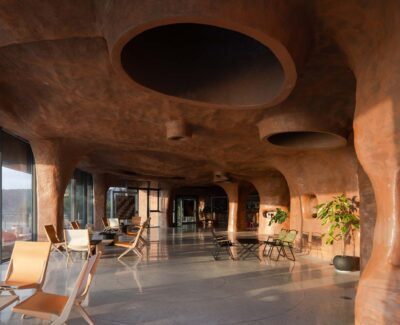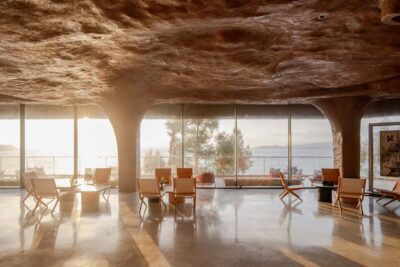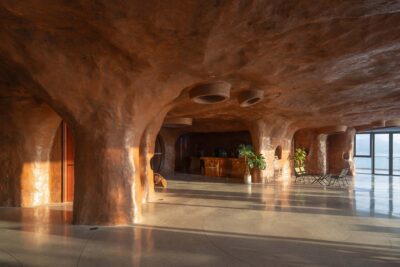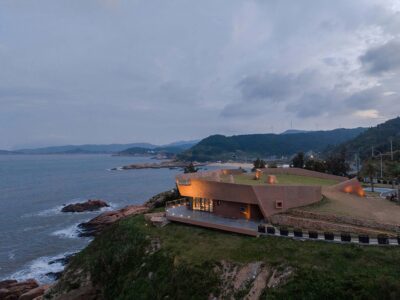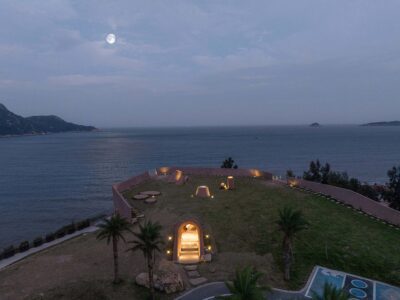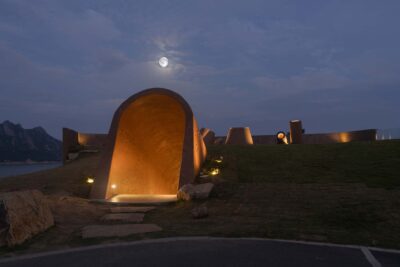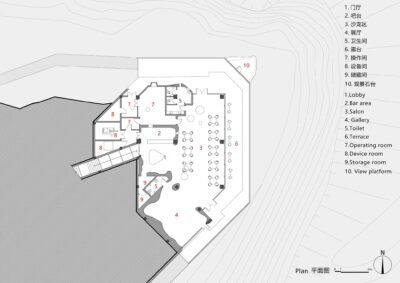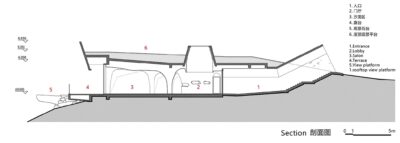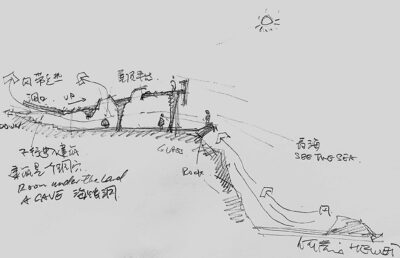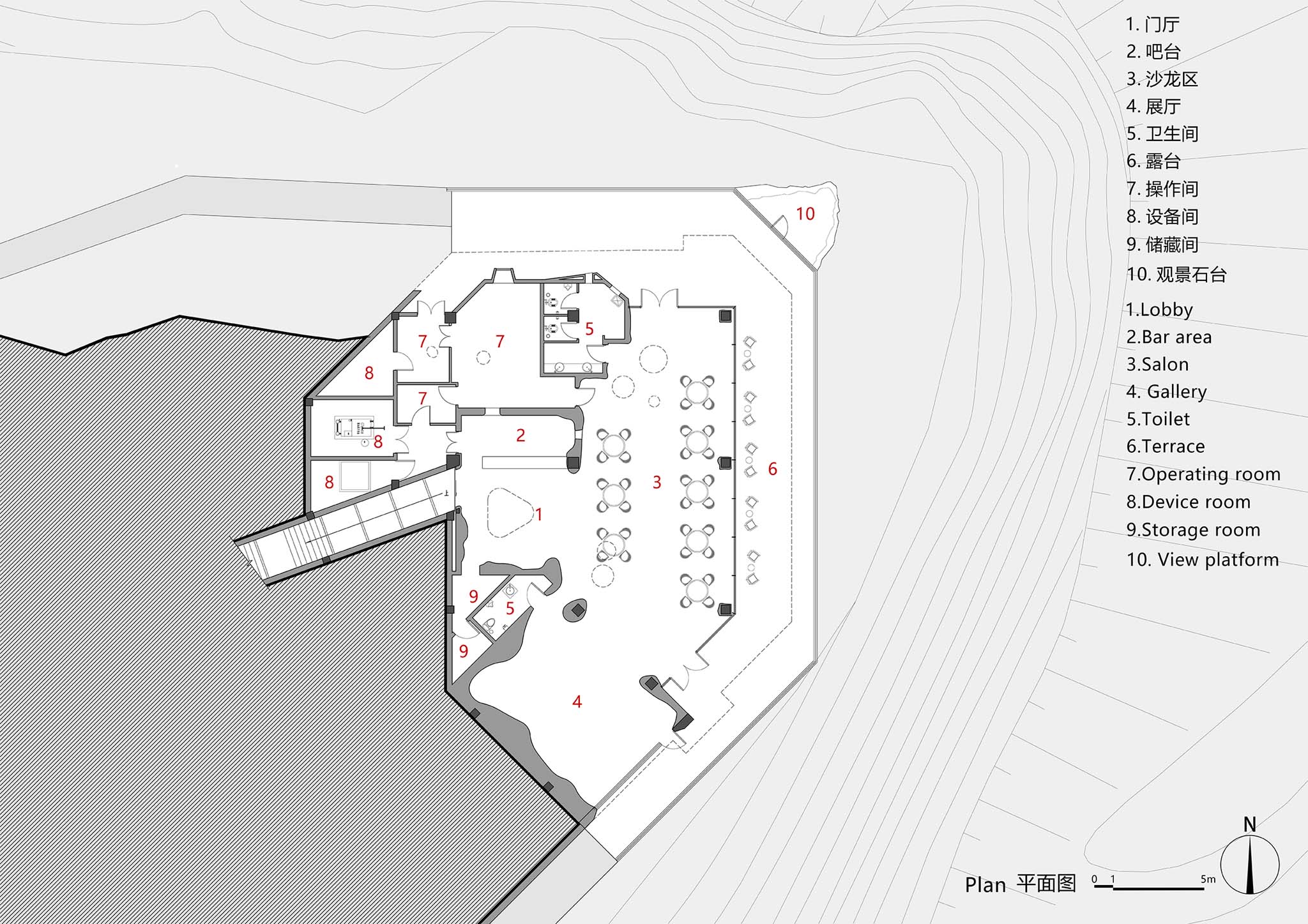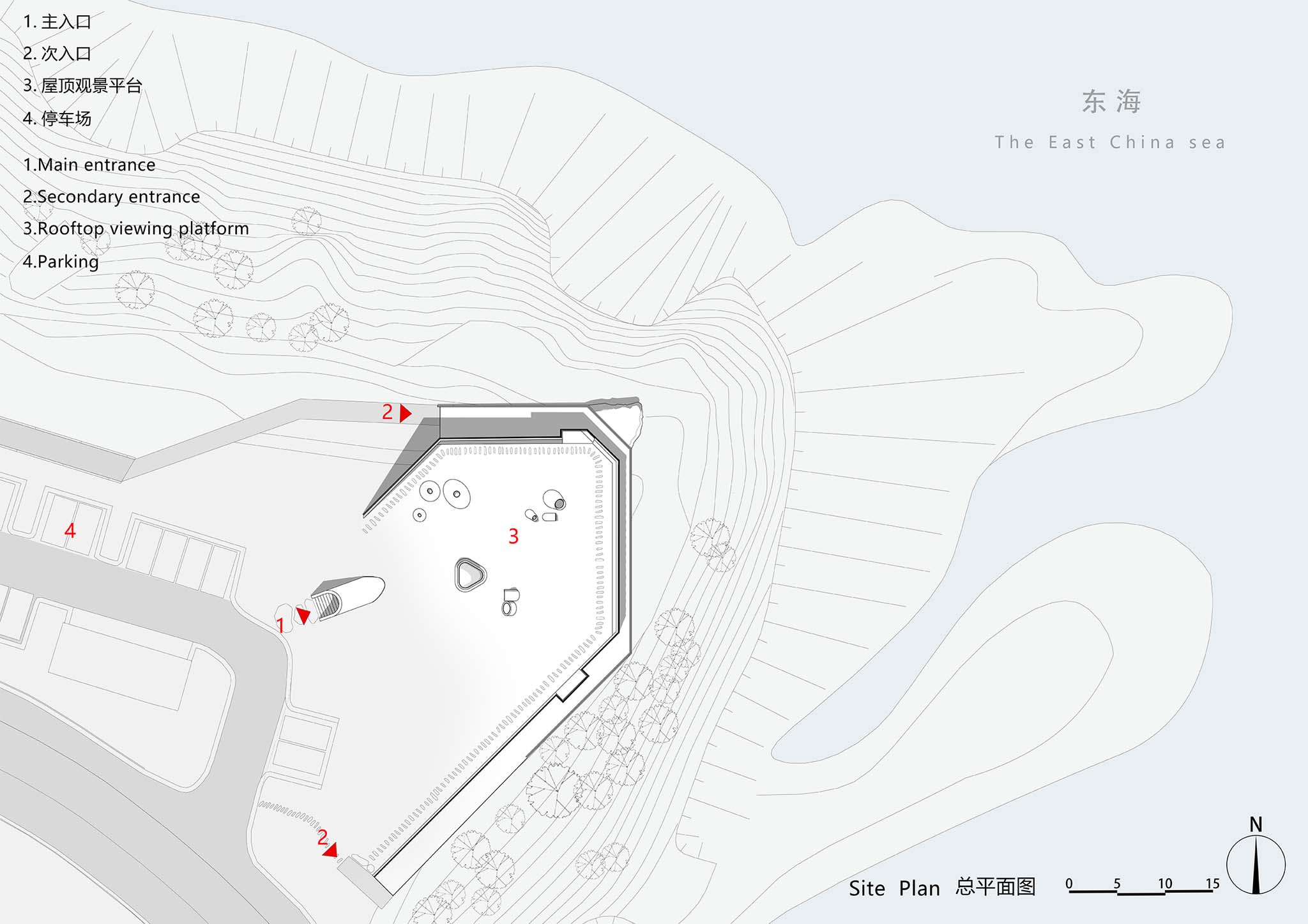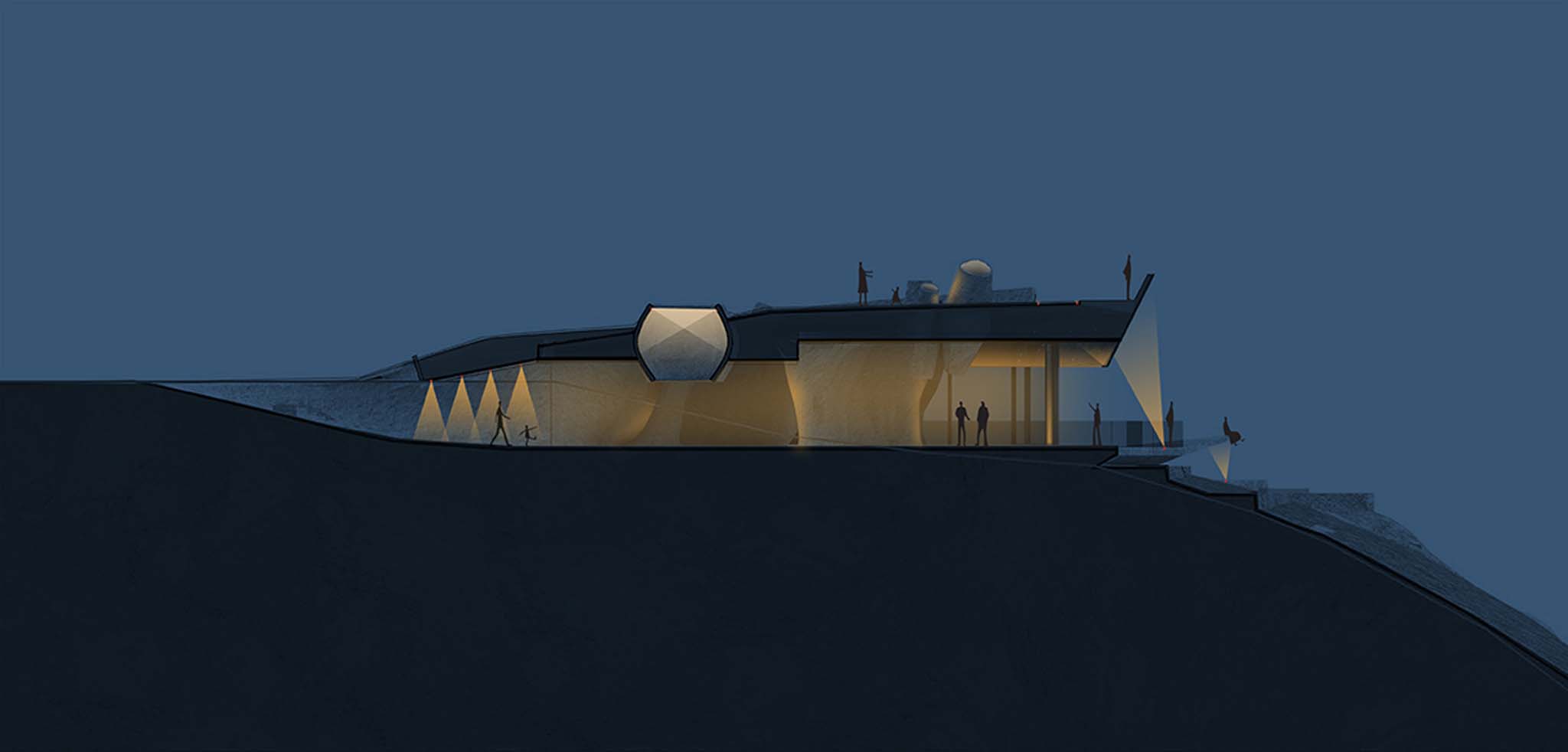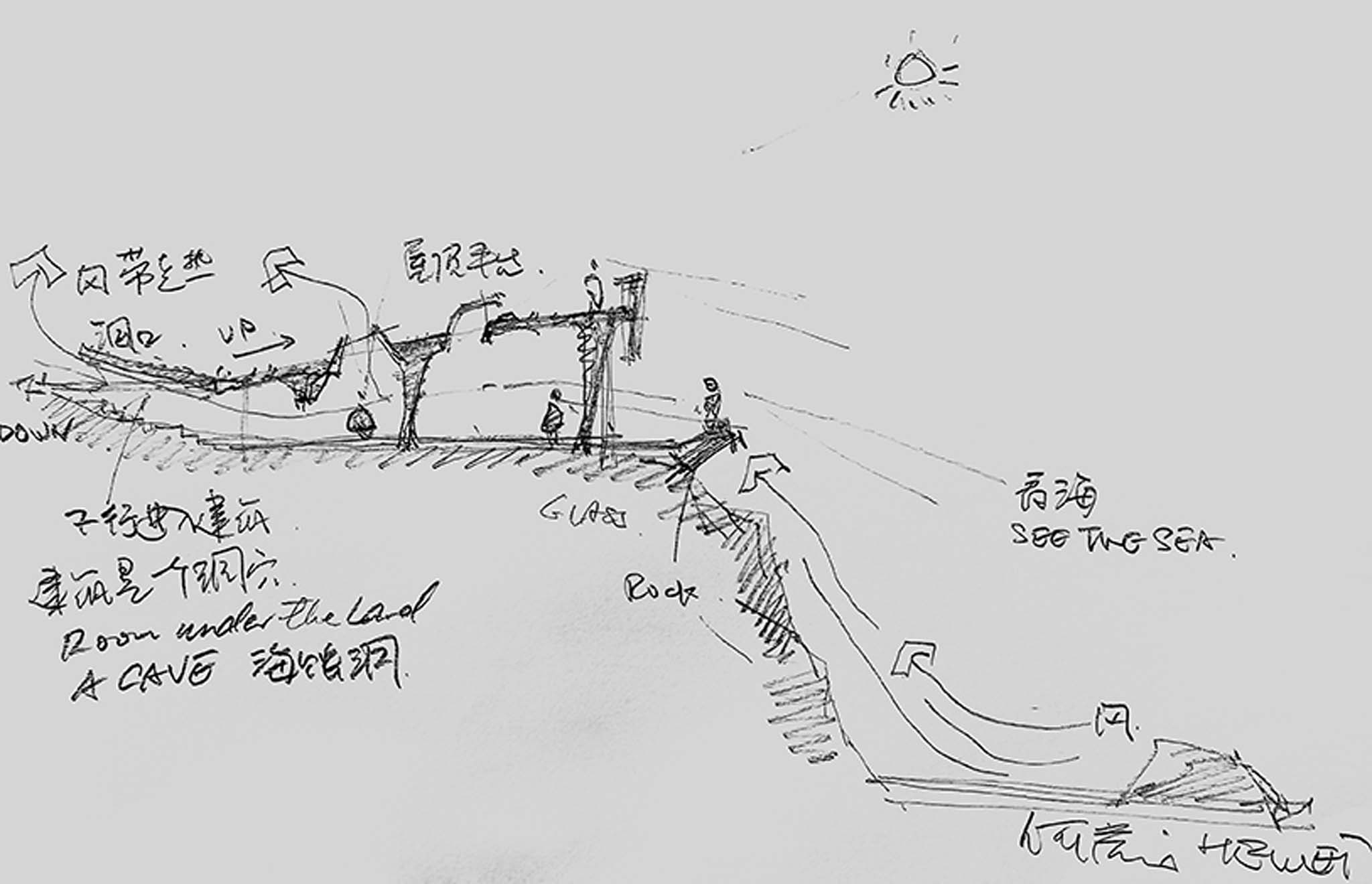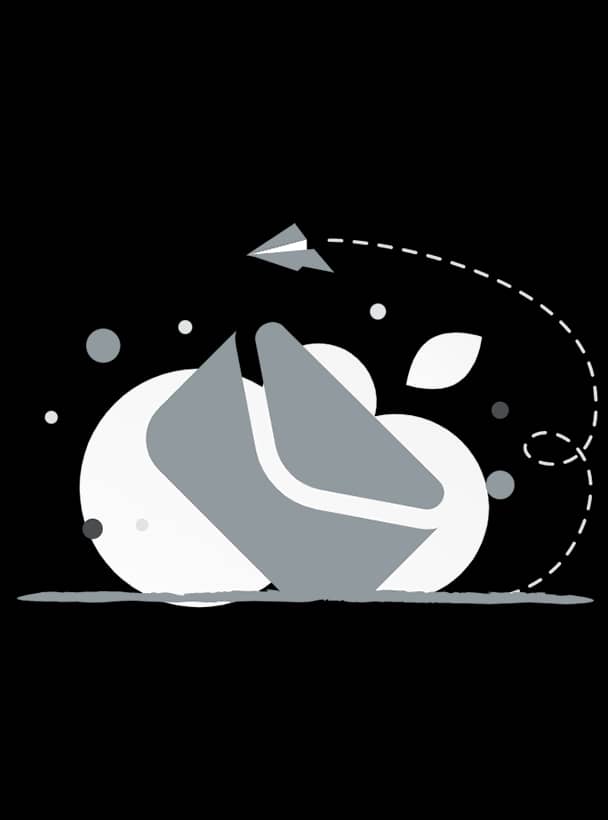Project Credits & Specs
- Architecture & Interior Design: 3andwich Design / He Wei Studio
- Photography: DONG Image
- Location: Ningde, China
- Area: 460 m2
- Year: 2024
More
- Principal Architect: He Wei
- Architecture Design Team: Wang Ziyi, Wu Wenquan, Liu Hao, He Xingchen
- Interior Design Team: Meng Xiangting, Wang Jun, Zhi Haiyang
- On-site Art Consultant: Zeng Chaolei
- Lighting Design: UNI-Lighting
- AH Technical Consultant: VELUX
- Construction Drawing Design: Beijing VAGE Institute of Architectural Design & Planning Co., Ltd
- Construction Drawing Design Team: Zhao Yonglu, Huang Qiulai, Lin Shen, Liang Xinlin, Guo Jiansheng, Pei Xuelong, Chen Zongqi
- Construction Unit: Fujian Minxinsheng Construction Engineering Co., Ltd.
- Owner Engineering Management Team: Ma Chaohua, Lin Lihui
- Owner: Fujian Jinhai Tourism Investment and Development Co., Ltd.
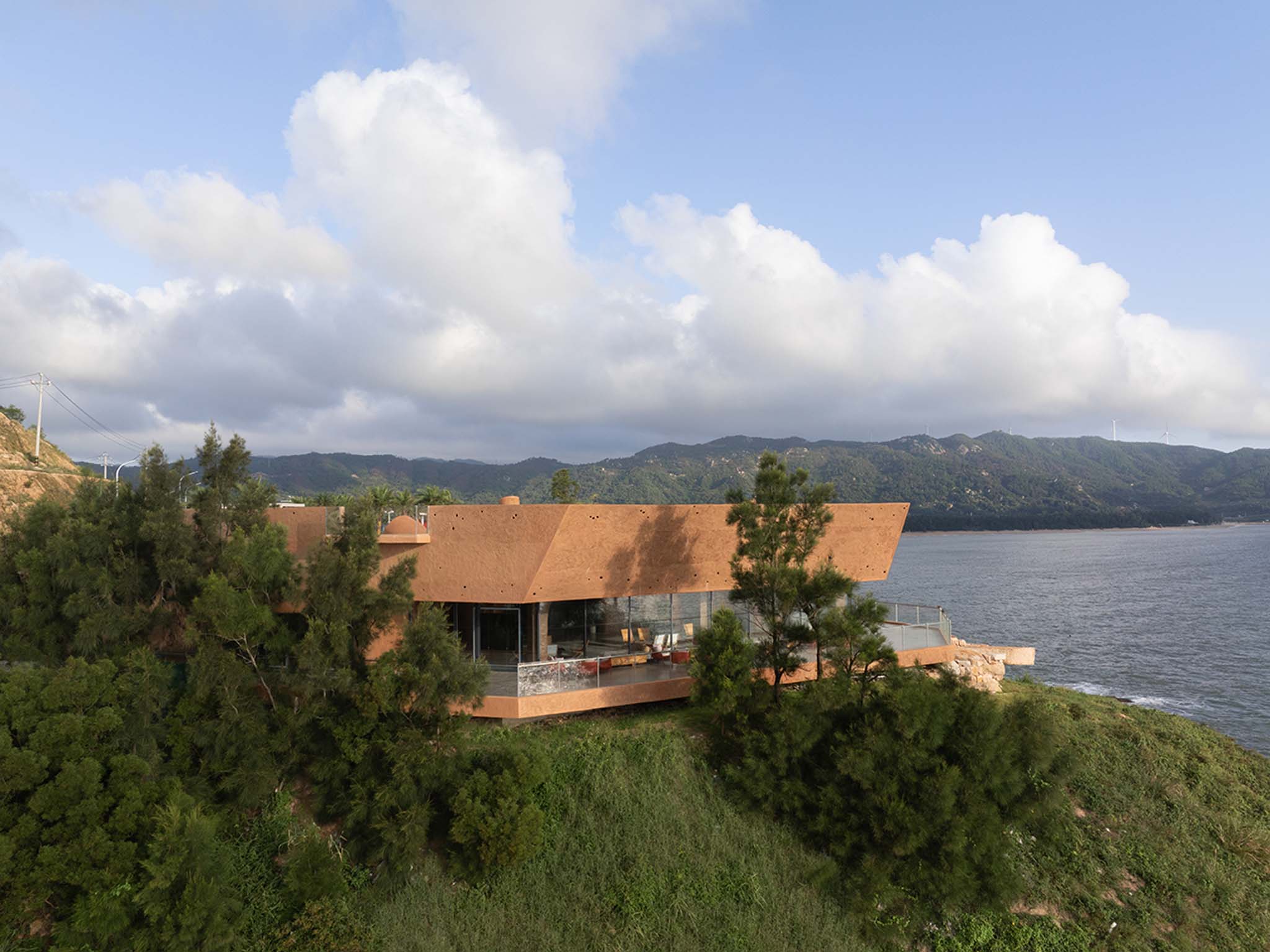
Project Description
Site and design task: a public space adjacent to the East China Sea
The project is situated along Donghai No.1 Road in Xiapu, Ningde City, Fujian Province, and is crucial in constructing Ningde’s “Zero Carbon Island”. The original site comprised a viewing platform and a parking lot. Adjacent to the East China Sea, it boasts a vast vista. Directly in front of the platform stands Bijia Mountain Island, rising majestically from the sea, with numerous reefs and sea caves lining the cliffs below. The sea breeze, waves, islands, reefs, and sea caves collectively create a unique coastal scenery.
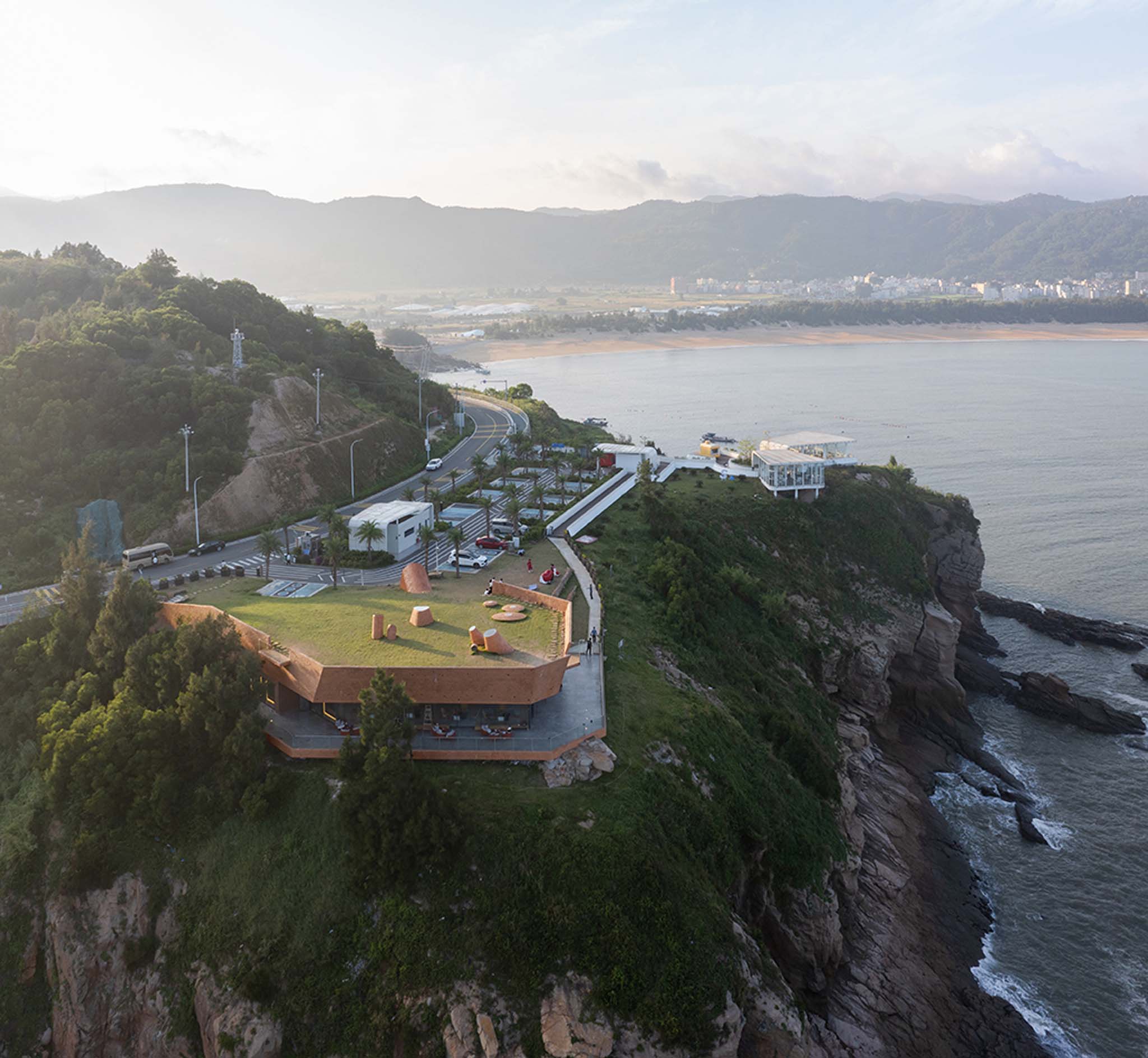
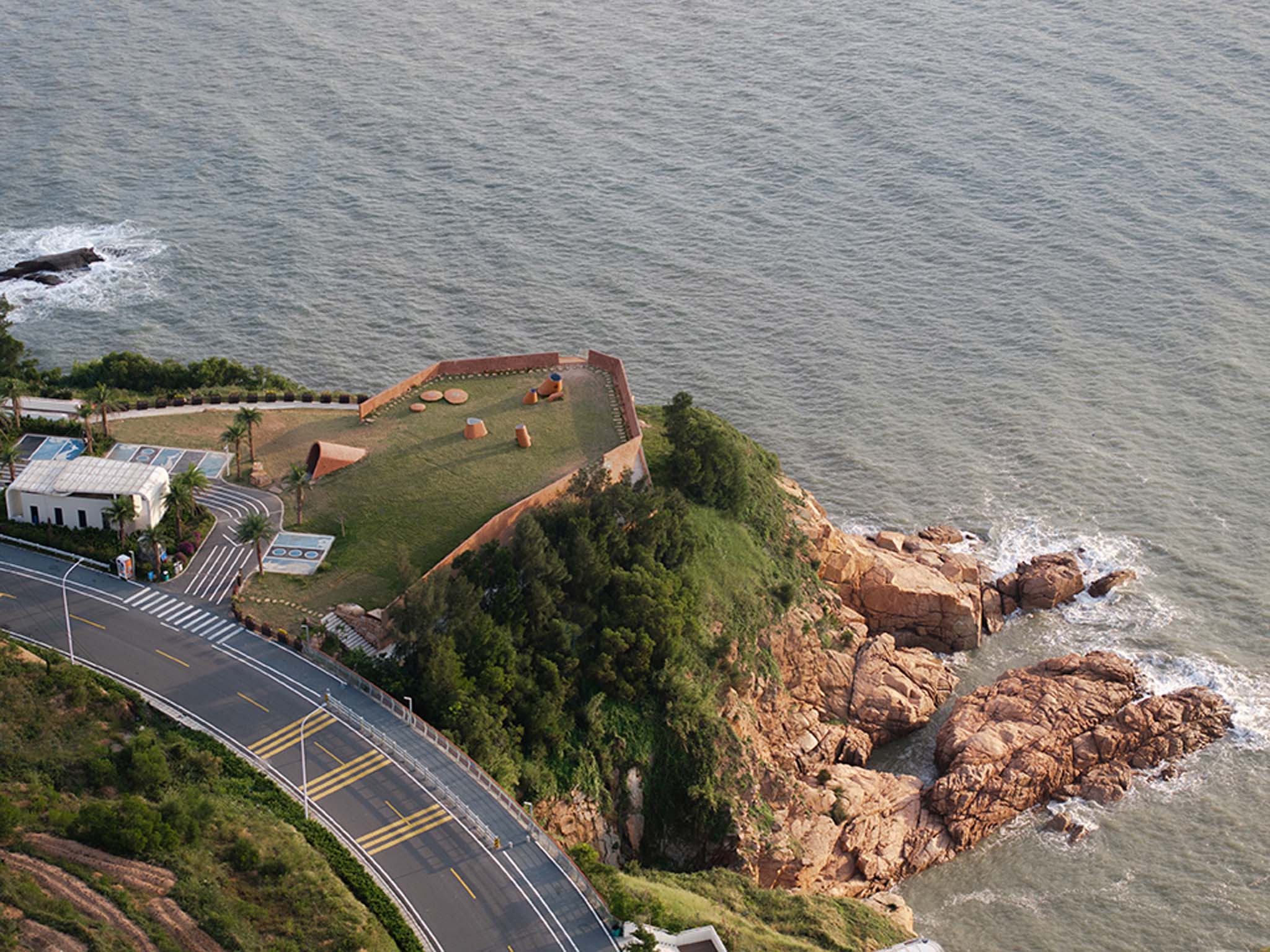
The owner hopes to renovate and upgrade the parking lot and build a small public space. The building should provide cultural activities, gatherings, and resting places for tourists while maintaining a good sea view of the original site, also considering certain catering functions. At the same time, the building should not have too much impact on the natural environment and should maintain respect for the environment, while striving for low-carbon and energy-saving.
After discussing with the owner, a consensus on the design principles had been reached. As Chairman Zhou Wenling of Ningde Tourism Development Group stated, the building should embody three words: “precipitousness, concealment, and integration.” Precipitousness means facing the sea but not exceeding it, while also giving people a sense of danger and suspension. Concealment means hiding in the ground, like what grows in the ground, appearing humbly, not disturbing the environment, and not making noise. Integration means blending into the coastal landscape and local culture.
Architecture: A semi-underground artificial reef
Architectural design emphasizes the relationship with the environment and also takes into account the concept of sustainability.
The design inspiration comes from the reefs and sea caves around the site. The building has an irregular shape, and the non-right-angled shape reminds people of the reefs around the site. The building adopts a soil-covering form, which minimizes the occupation of land to the greatest extent possible. The main body of the building is hidden underground, which not only respects environmental factors but also maintains a relatively stable indoor temperature, reducing the energy consumption of cooling in summer.


The roof of the building is also a viewing platform, and the covered soil and newly laid vegetation enable the building to achieve the concept of “zero lands used”. The roof is high in the east and low in the west, connected to the road of the parking lot in the west, and slightly raised on the east side to ensure the height of the building interior. The roof has several uniquely shaped ventilation and lighting openings. Their shapes imitate marine creatures in the form of flat circles, triangles, or long tubes, freely combined and distributed in the middle of the grassland. They can be used as installations on rooftop grasslands for tourists to play and take photos of while ensuring indoor ventilation and lighting. The edge of the roof has a concrete retaining wall.
To create a more steep feeling, the architect set up small platforms with protruding retaining walls at the northeast and southeast corners, equipped with glass railings, where people have a sense of emptiness while standing there.
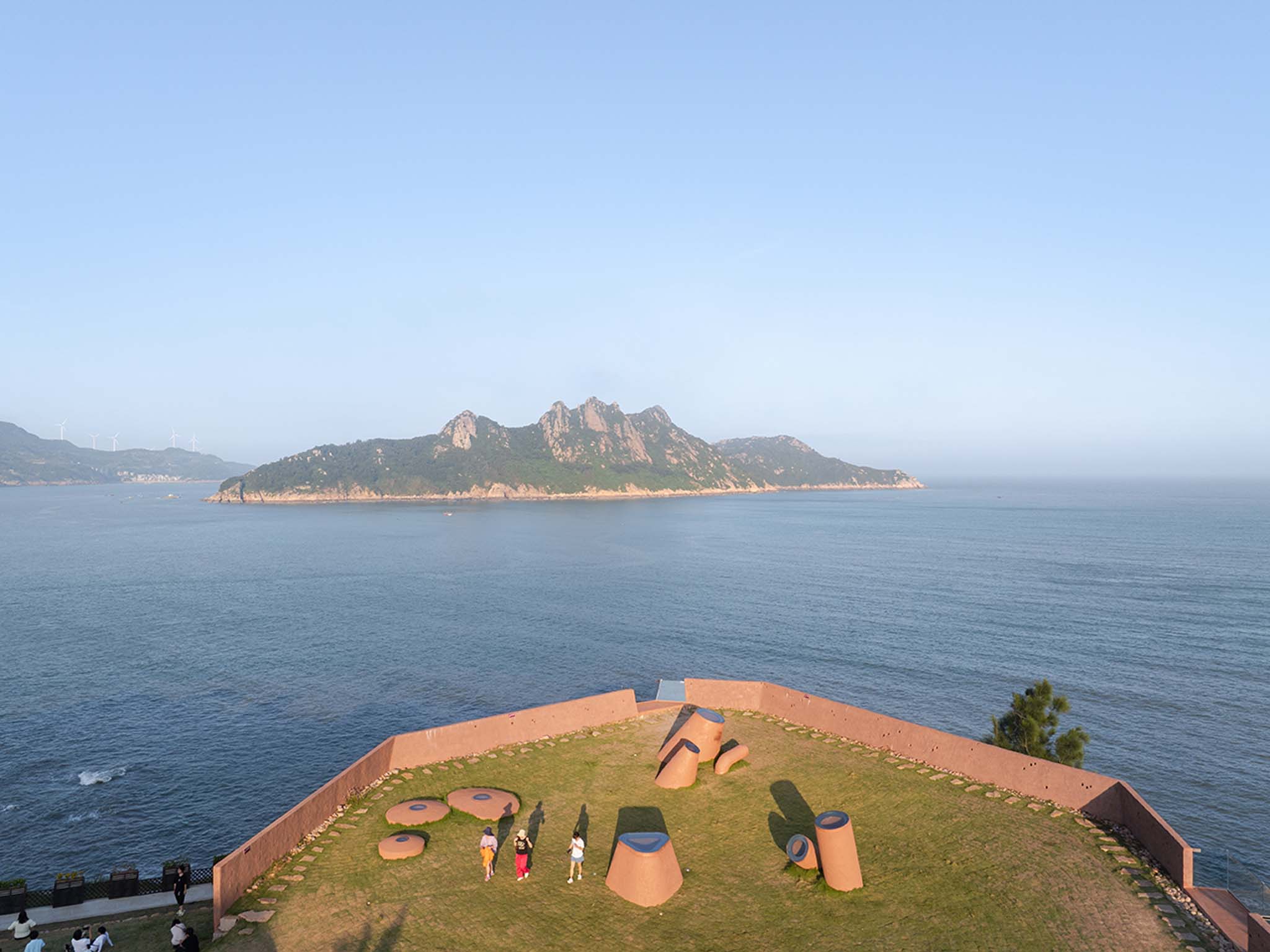
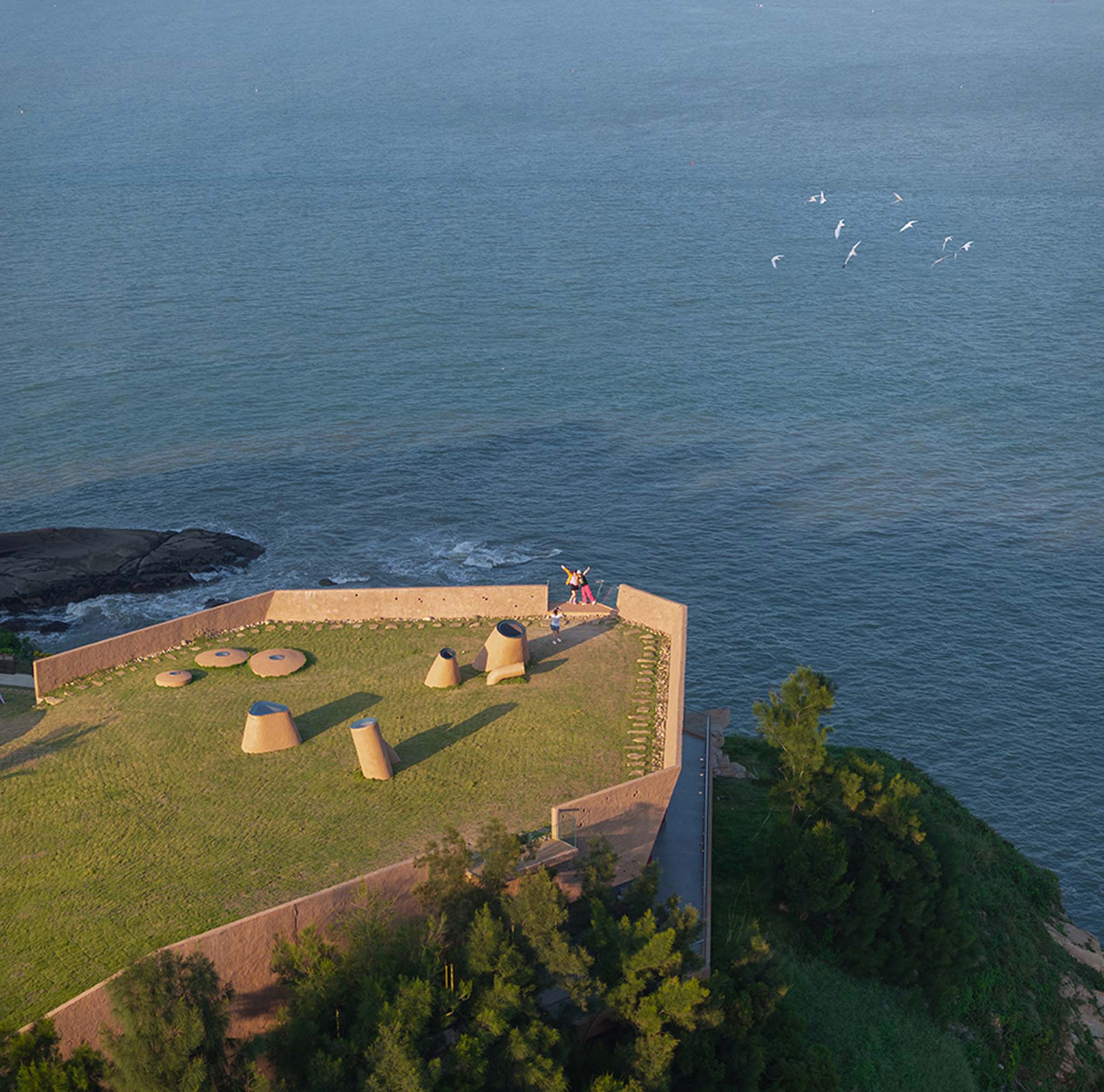
In the east, south, and north directions, the exterior of the building will be exposed. The east facade facing the sea is made of floor-to-ceiling glass, and the sky sea, and distant islands are “pulled” into the interior of the building, creating a great viewing effect. On the south and north sides, the exterior facade is mainly composed of walls, corresponding to the auxiliary functional rooms inside. The outer ring of the building is equipped with a platform, where leisure seats are placed for people to rest and enjoy the scenery outdoors. The platform is connected by a boardwalk and surrounding roads and parking lots. In the subsequent construction, the boardwalk will continue to extend below the rock wall, providing tourists with the possibility of viewing sea-eroded caves up close.
To better integrate with the surrounding reefs, the exterior of the building is designed in an irregular shape. By utilizing structural and functional openings (doors and windows), the wall presents a geometric cutting and combination relationship, accompanied by different angles of inclination of the walls, the building looks like a moderately abstract reef. The exterior material is made of colored concrete, and to create a more natural texture, the concrete is treated with roughening to give the building a more rock-like feel.


Indoor: Porous sea-eroded caves
The main entrance of the building is located on the west side of the roof, with a semi-circular shape that extends from underground. From here, people can enter the interior of the building through the descending passage. The interior of the building is composed of multiple interconnected “cave” spaces. The architect drew inspiration from the surrounding sea-eroded landforms and created an organic and dramatic space through mimicry.
According to function, the indoor space is divided into three areas: lobby, main space, and logistics space. The entrance hall is connected to the main entrance, with a bar on one side and a logistics area behind the bar. The main space consists of two areas, a salon, and a gallery, both located on the side of the building facing the sea, with a good view. To meet the needs of various usage functions, the main space area is designed to be relatively open. This place can host exhibitions, and small gatherings, and provide catering services.
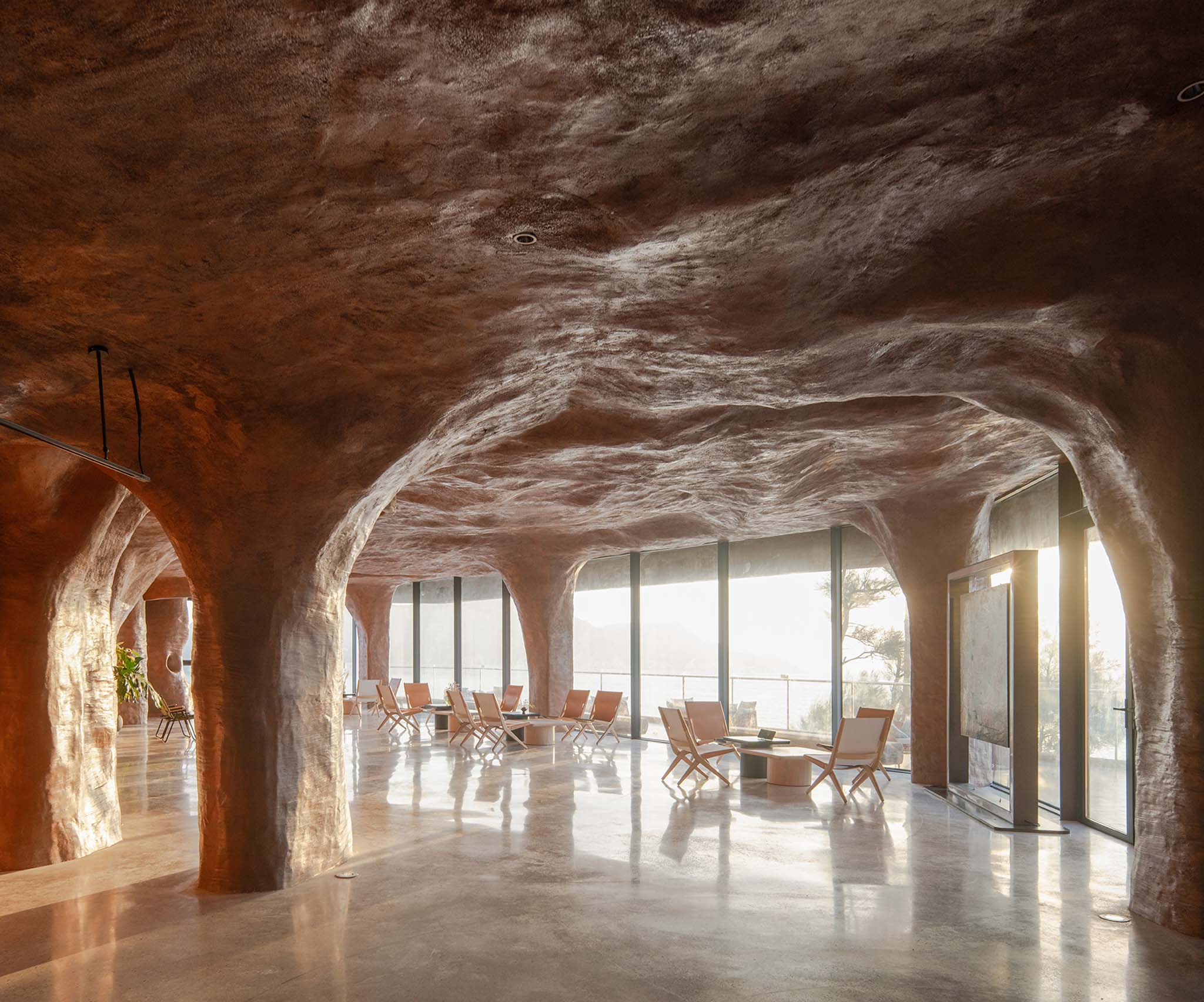

The indoor walls, columns, and roof are also made of concrete material and presented in an organic form. The part where the column connects to the roof transitions with a free curved surface, and there are irregular undulations and voids on the wall, which are like niches, where books can be stored and lighting fixtures can be placed to enhance the atmosphere of the space. To enhance the dramatic effect of the space and provide better lighting and ventilation indoors, the architect designed a series of light tubes on the ceiling that leads to the rooftop green space, which is distributed on the ceilings of the lobby, main space, and logistics area, with varying sizes and shapes. Through them, light can enter the room softly, and people can also see each other on the roof here, forming an interesting visual relationship.
To give the space an organic form similar to sea erosion landforms, the construction drew inspiration from sculpture techniques while balancing costs: first, the metal mesh was used to position the structure and shape the basic trend, then plastic concrete was used for manual shaping, and finally, surface treatment was carried out.
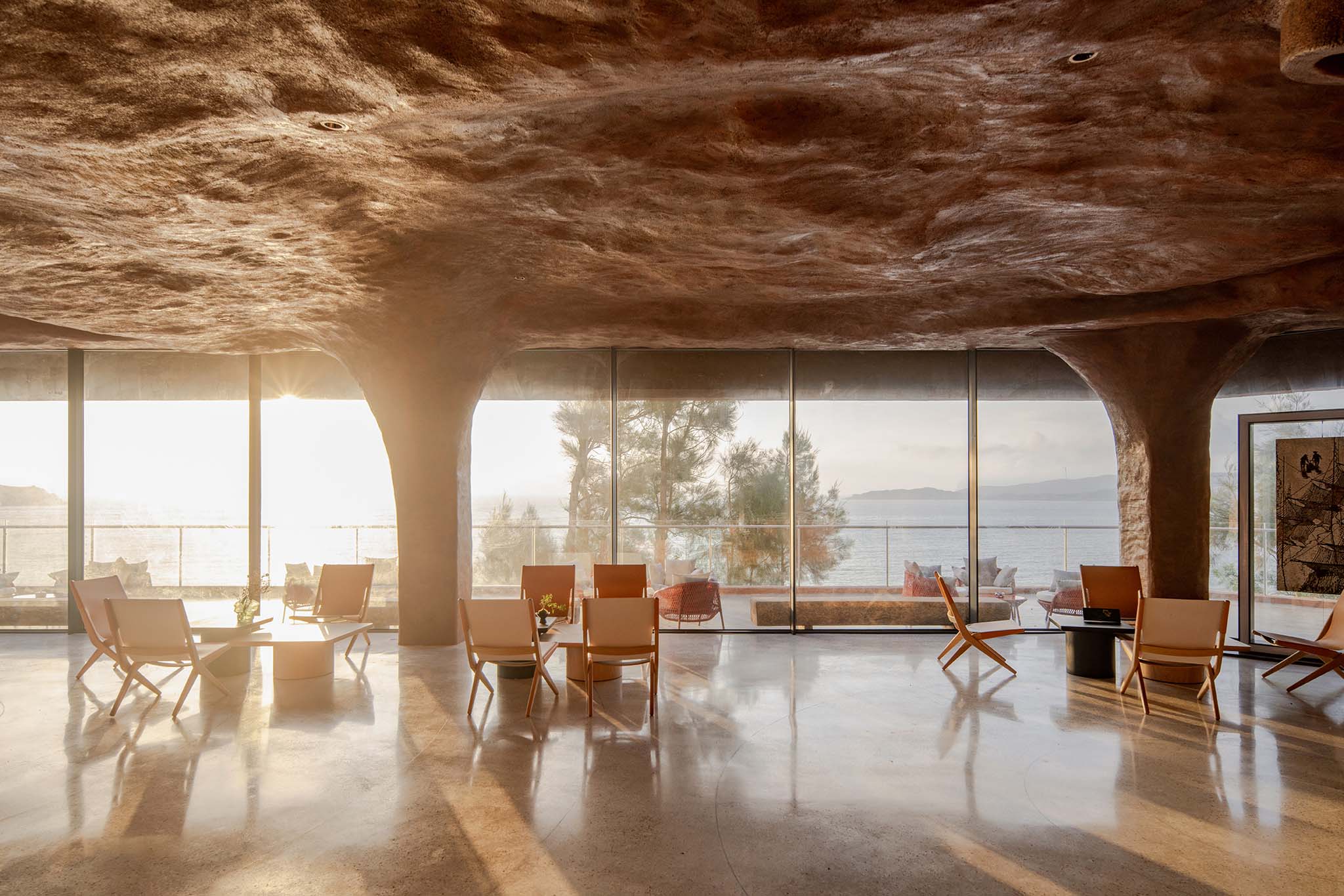
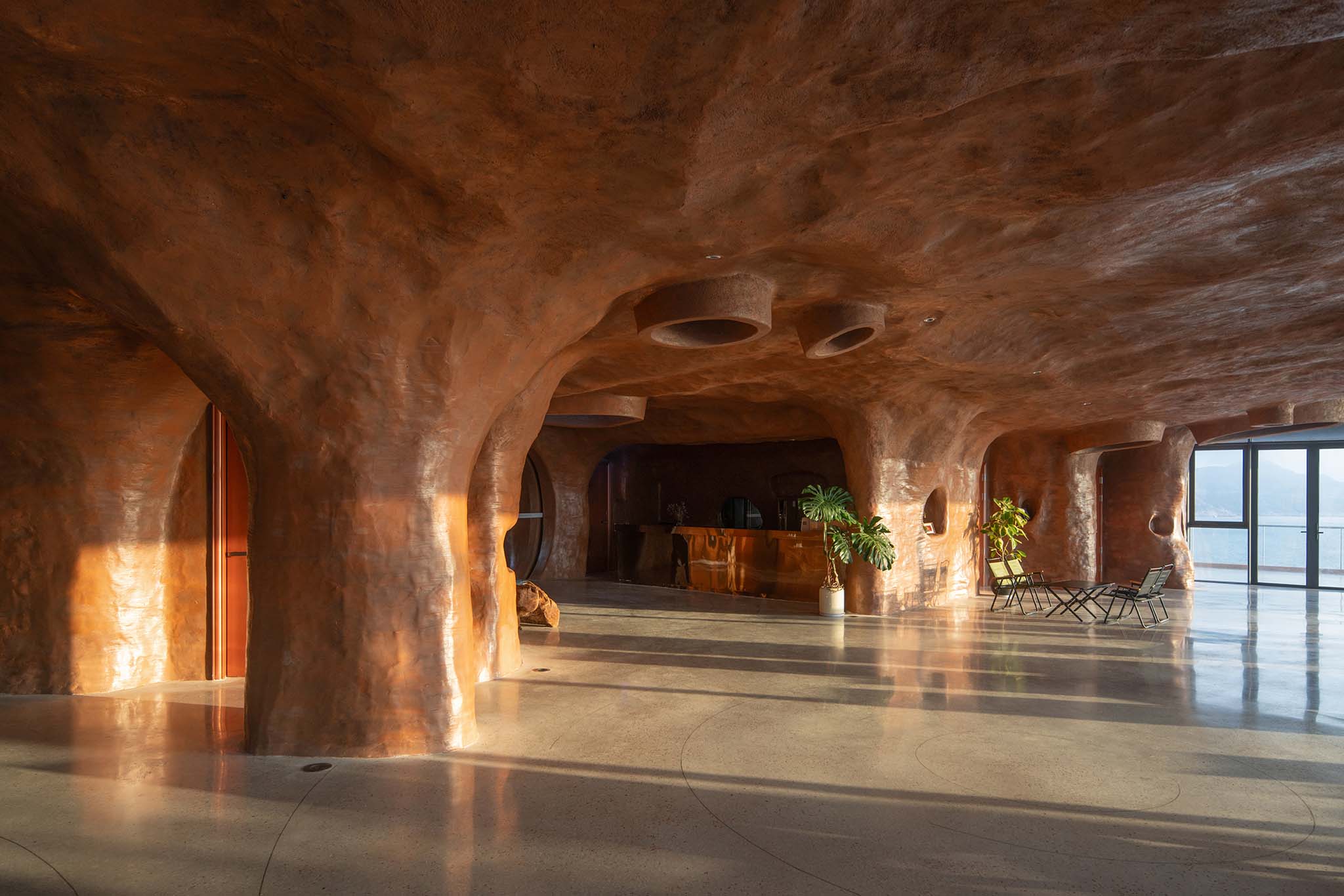
Lighting: Creating a peaceful night scene with light and shadow
It is extremely important to respect the nighttime dark environment by the seaside and avoid excessive lighting that can disrupt the visual brightness balance of existing night images. The roof platform lighting adopts a relatively restrained design approach: the main entrance facade is illuminated to provide visual guidance for tourists; The designer only arranges low-power buried lights at the turning or overlapping points of the light tube shape, presenting their various sculptural forms in silhouette. By using the physical obstruction of the light tube itself to reduce glare, and relying on the diffuse reflection of its surface texture, it provides a soft light environment for the landscape green space.
The functional lighting of the trail uses the reflected light from local barriers instead of conventional lawn lights and tries to conceal the lighting fixtures as much as possible to weaken the visual impact on the building during the day. The protruding platform uses starlight-buried lights (0.2W) arranged at the corners to indicate safety boundaries, reduce visual interference, and enhance the visual experience of tourists viewing the moon. In addition, the low light environment on the rooftop platform allows tourists to better perceive the sound of waves, tides, and bird songs.

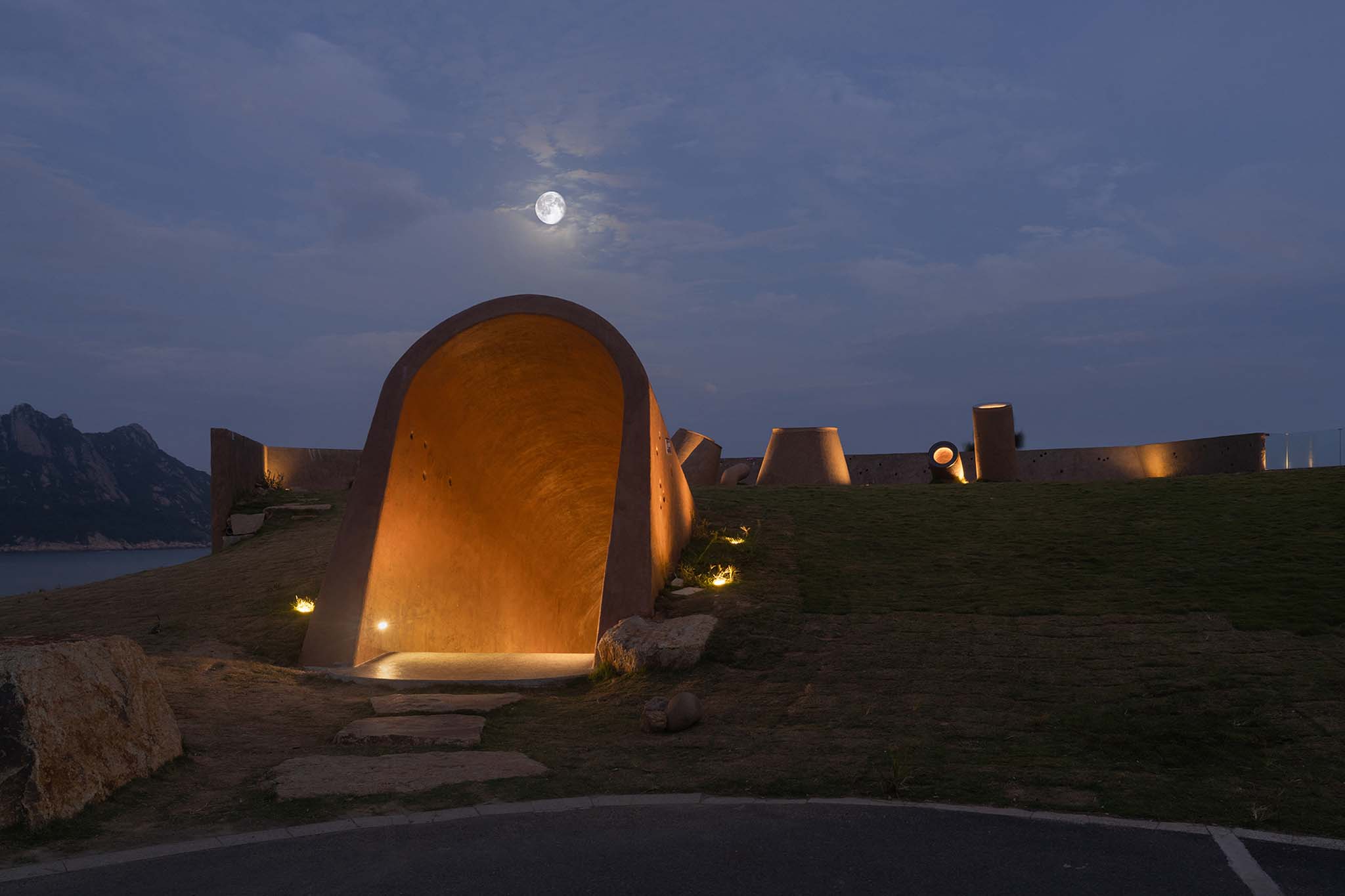
The exterior lighting of the building is achieved through dual anti-glare underground spotlights on the outer platform, which brightens the front end facing the sea and gradually darkens towards the end. Combined with the emphasis on lighting near a human-scale window and door openings, the building presents a dramatic geometric light and shadow shape. The indirect light from the inner cavity of the wide eaves of the building provides soft basic lighting for the leisure crowd on the platform; Several small holes are deliberately opened on the eaves, allowing light to pass through and create delicate light and shadow changes.
The indoor environment is mainly illuminated by ambient lighting from buried lamps and functional lighting from the table, which together create a visual tension of the internal cave. The warm light that permeates the space provides a visual metaphor for the spiritual home of ships traveling in the East China Sea.
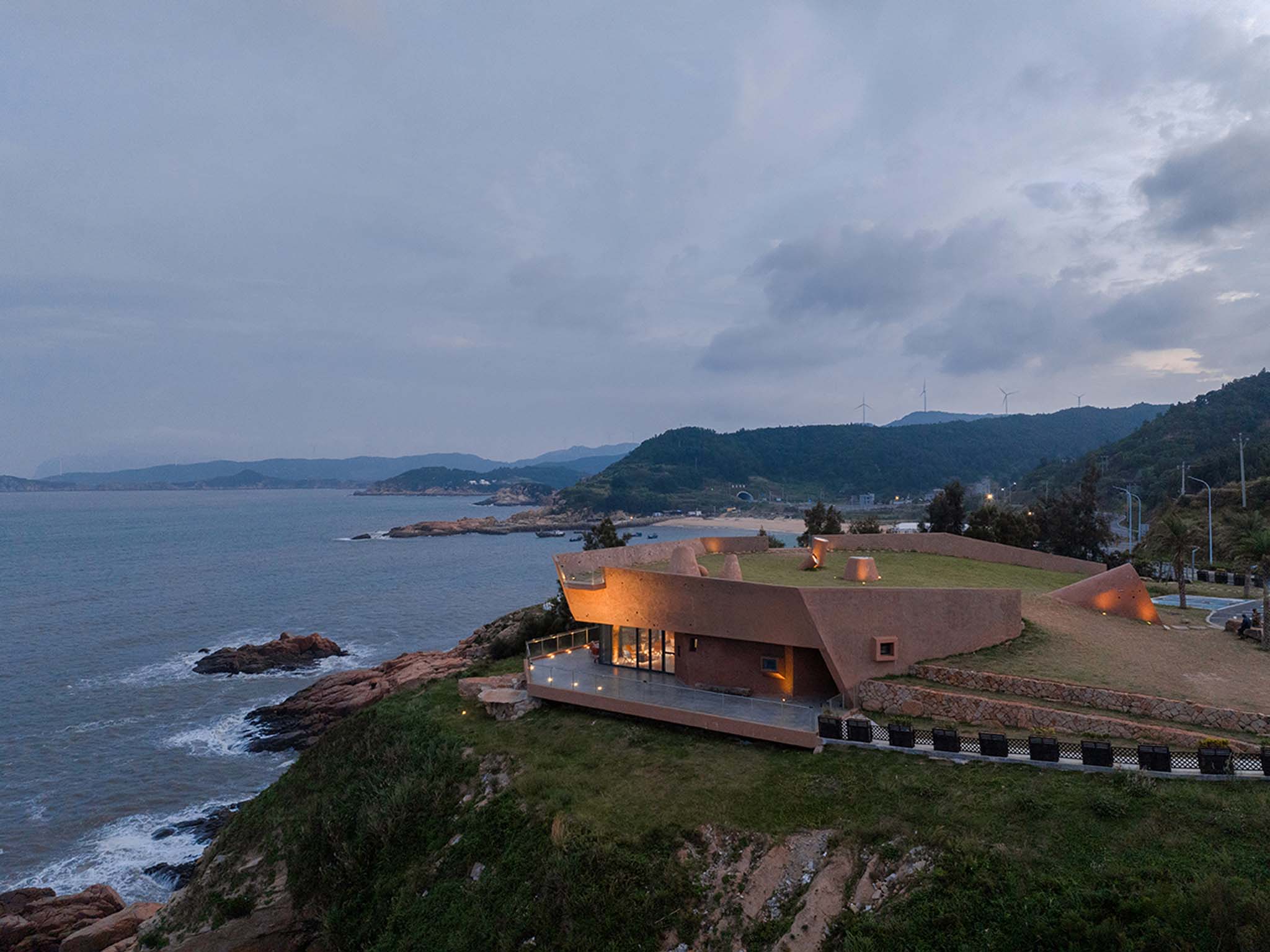
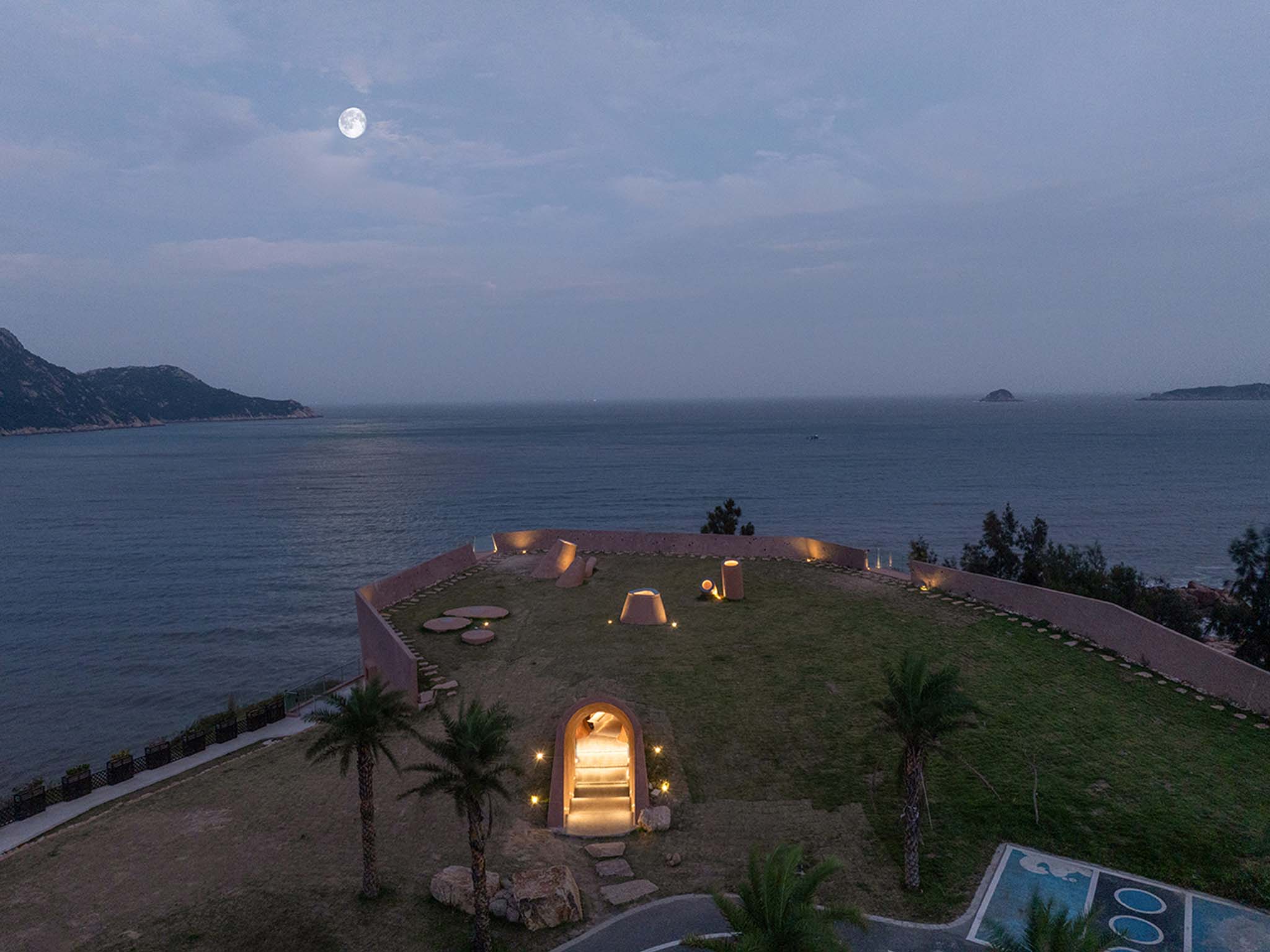
Conclusion and reflection:
The Blue Insight Cave Space is a small cultural and tourism project, yet also important for the local community. Firstly, the building provides a brand new public space for tourists coming to Donghai No.1 Road, filling the regret of the long-term lack of high-quality cultural space in the area. Secondly, the unique appearance and experience of the building have become a new cultural and tourism landmark in the area, playing a good role in attracting people. The building also follows the principle of environmental friendliness: the soil cover design reduces the occupation of land, and the building presents itself in a humble but confident manner, achieving symbiosis with the environment; The building has also introduced intelligent control systems and tries to use natural ventilation and lighting as much as possible, achieving effective energy conservation.
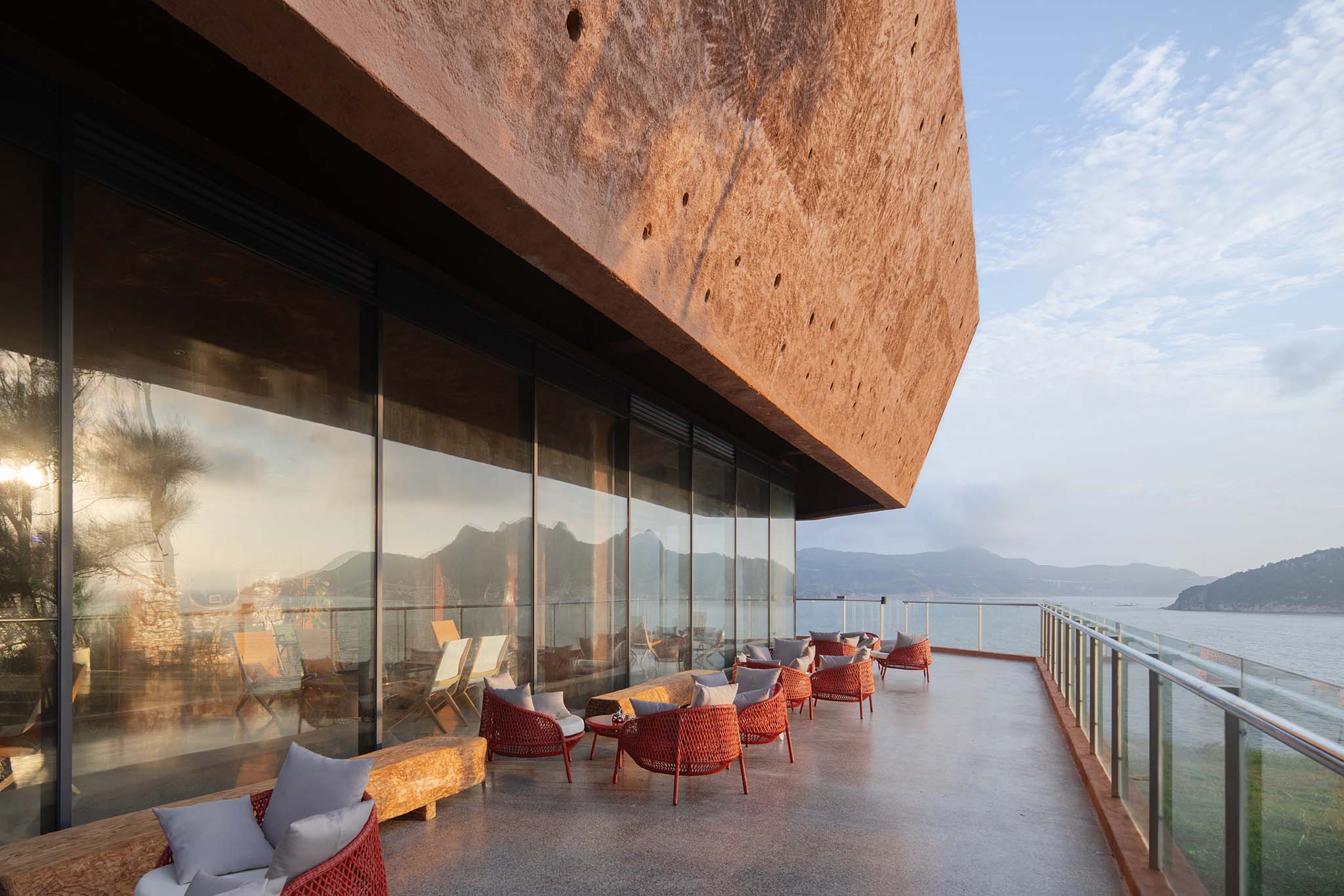
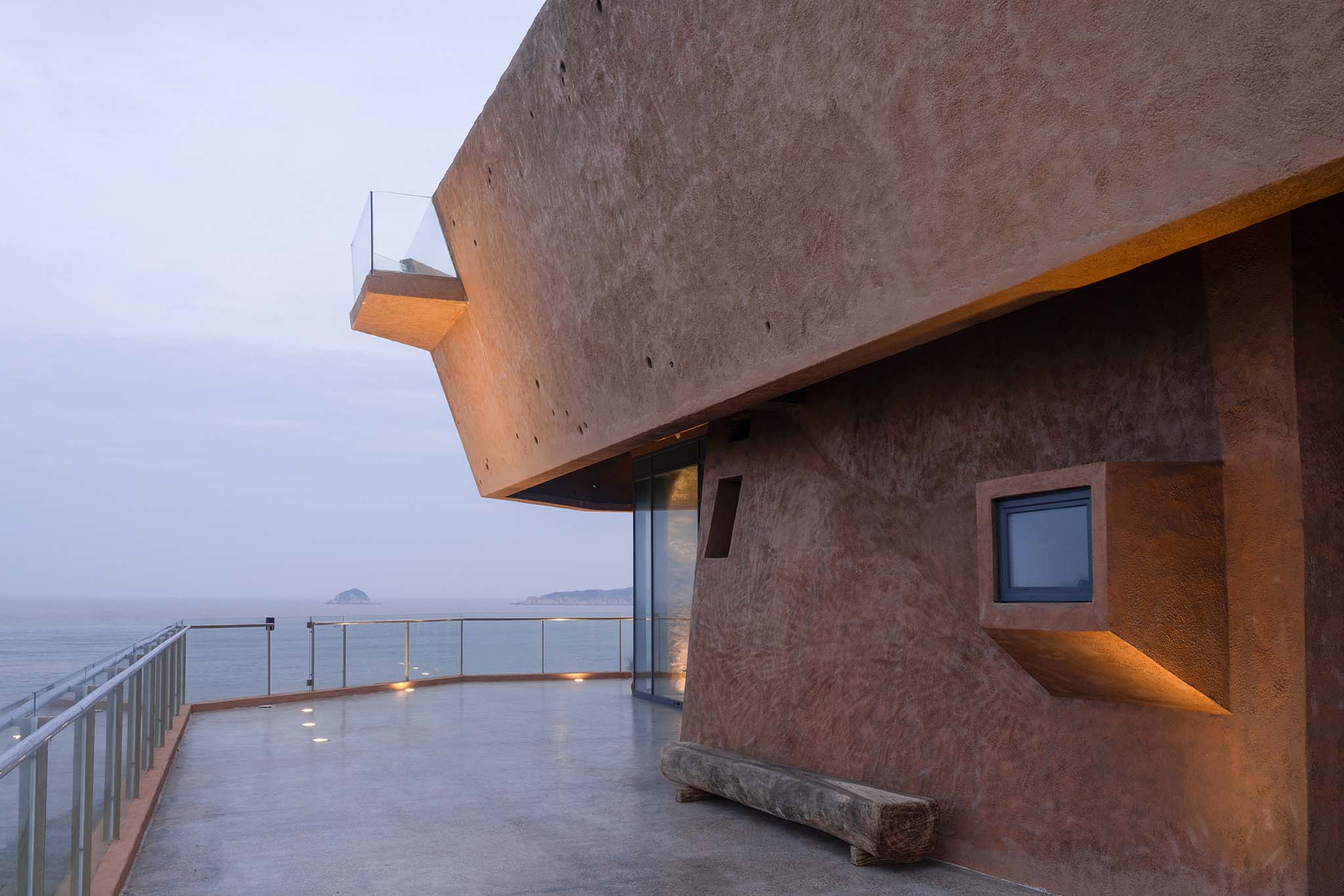
There are also regrets in the project: in the initial design, the architect intended to use concrete pouring and then manual chiseling to achieve the interior and exterior texture of the building; The lighting designer hoped to achieve the interaction between breathing like dynamic light and dark changes and tidal sounds in late night mode, but ultimately it was not realized due to cost and process reasons.

The project description is provided by the architects.
About the Architects

3andwich Design is an architectural design firm founded in 2012, based on authoritative academic institutions such as China Central Academy of Fine Arts, Tsinghua University, and China Architectural Society. It engages in interdisciplinary research and practice including urban renewal, architectural and interior design, exhibition and curatorial, lighting, and art. Its design concept emphasizes humanism, dialogue between the history and the contemporary, and interaction between the natural environment and regional culture. The studio specializes in cross-border thinking and research-based design. For many years, the studio has also been dedicated to rural architectural design, especially in undeveloped areas of China, and has employed the methodology of micro-intervention, which is widely used in the typological study that has allowed the revival of rural villages and communities.

